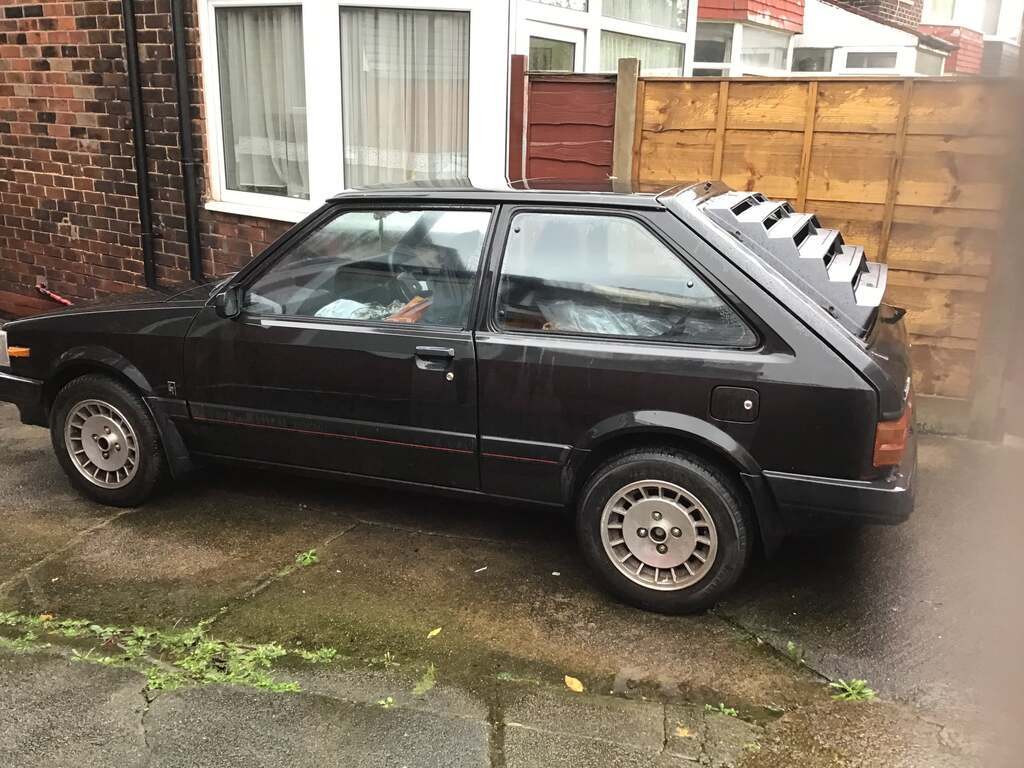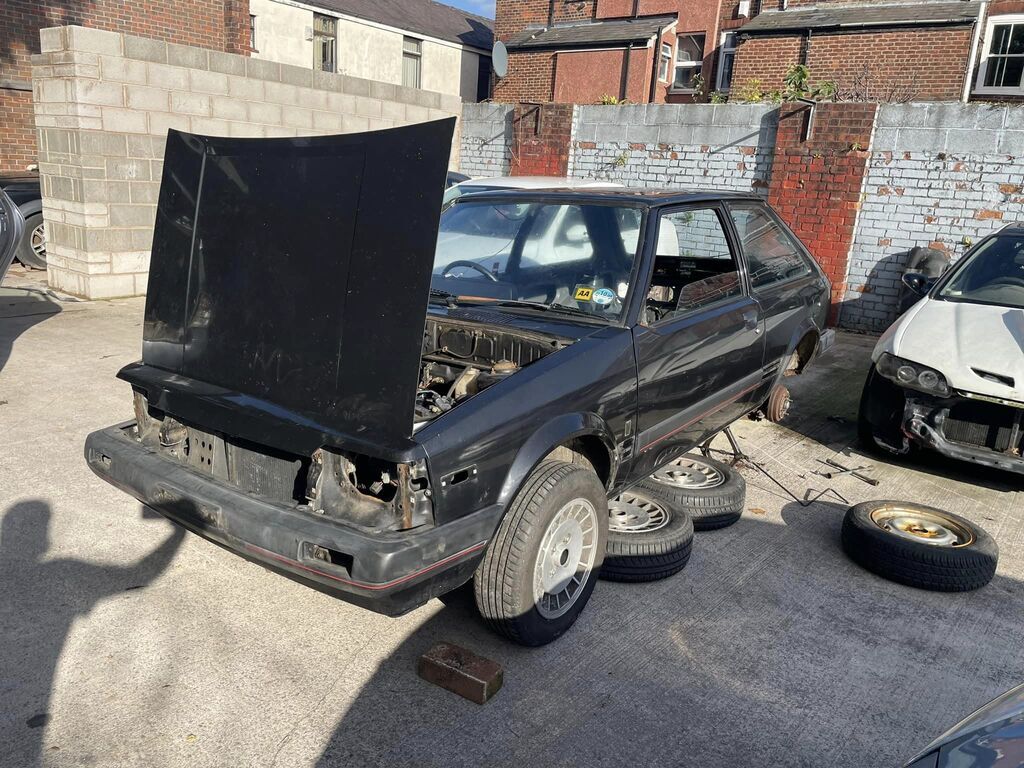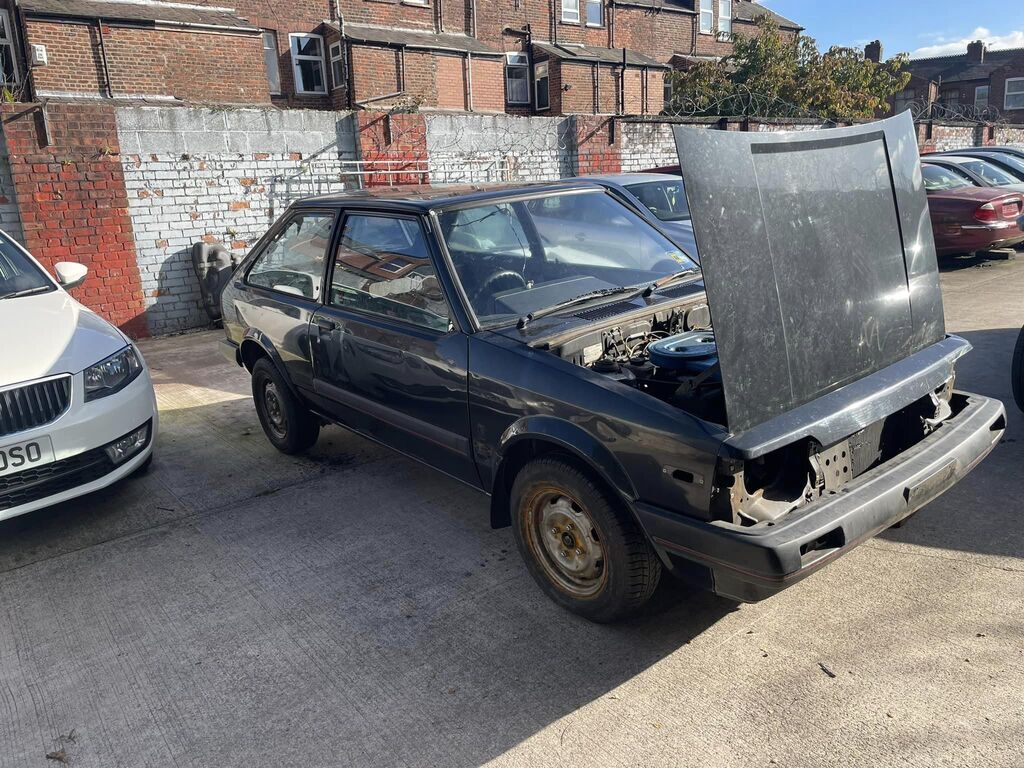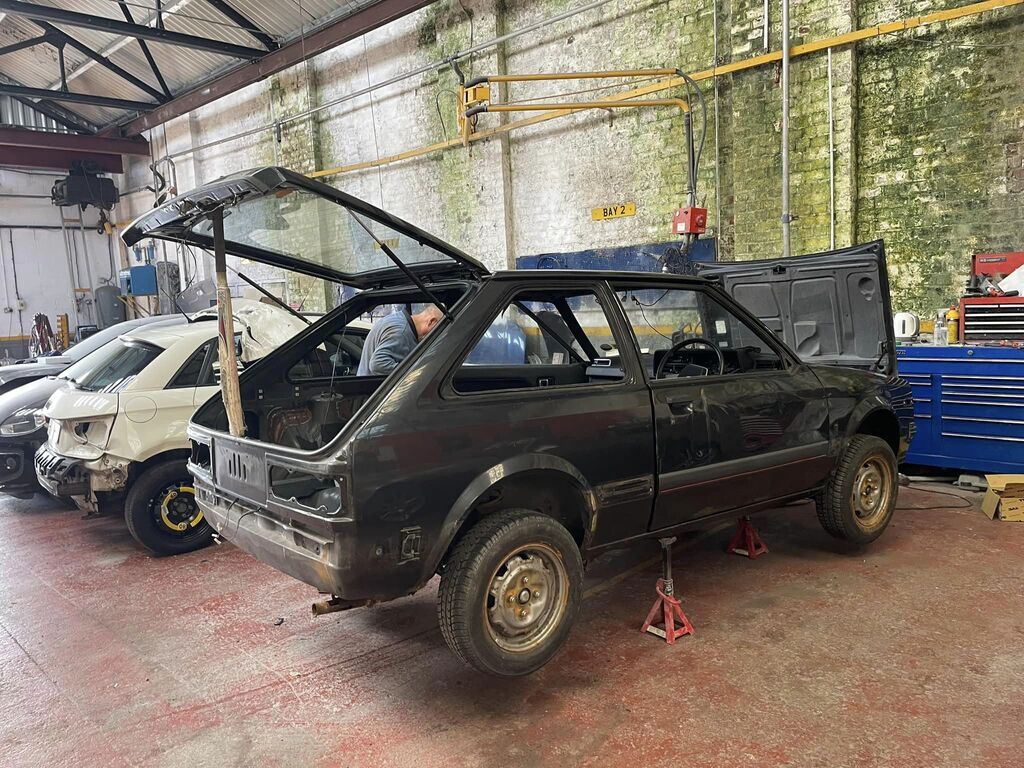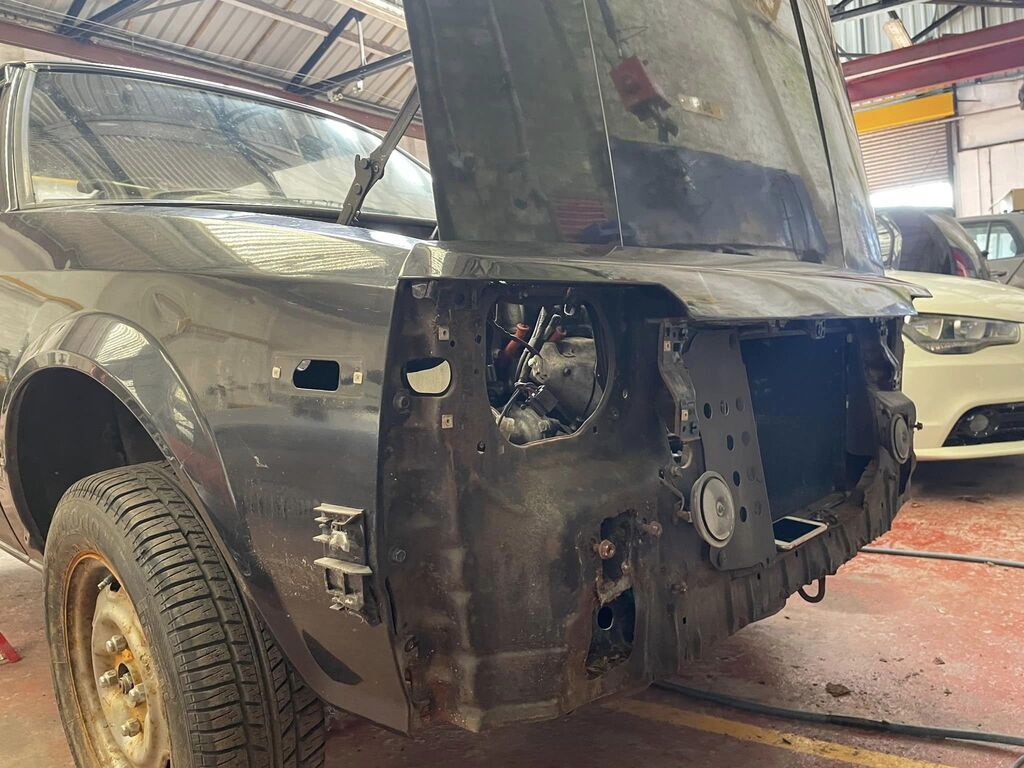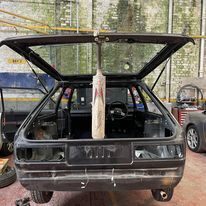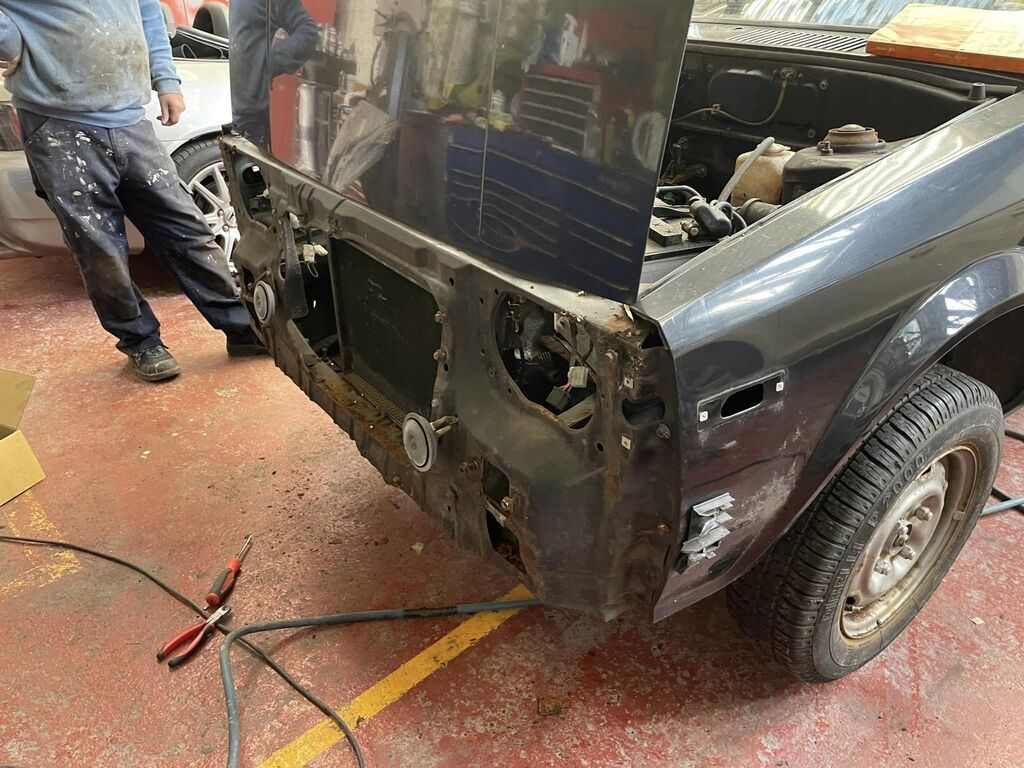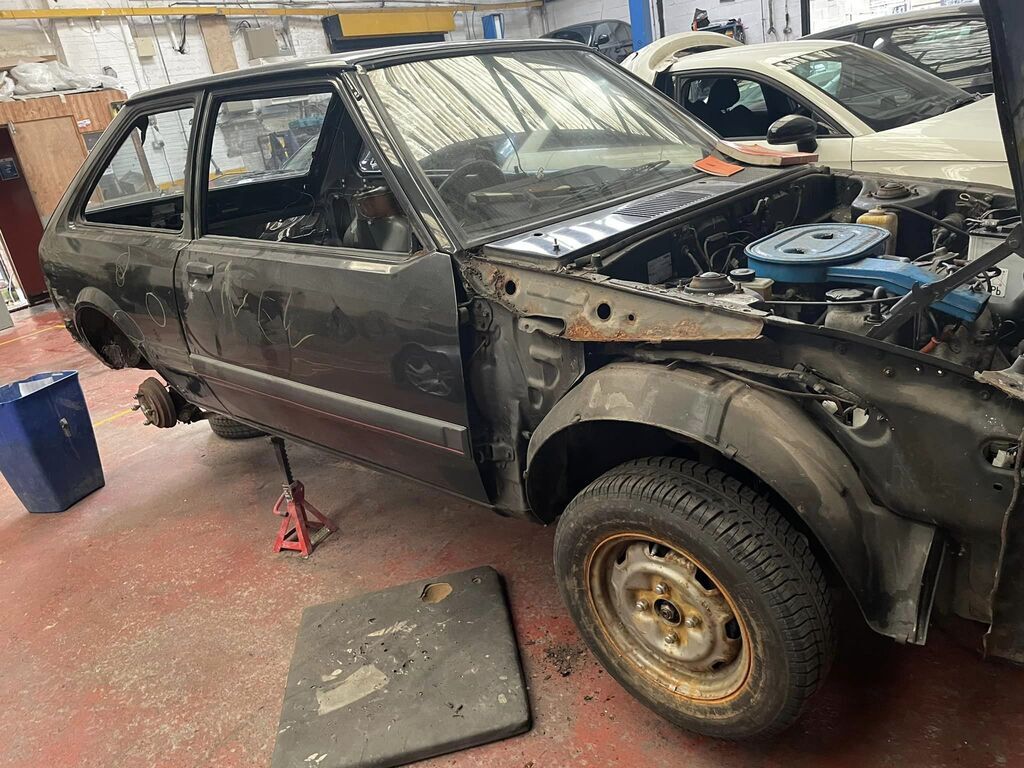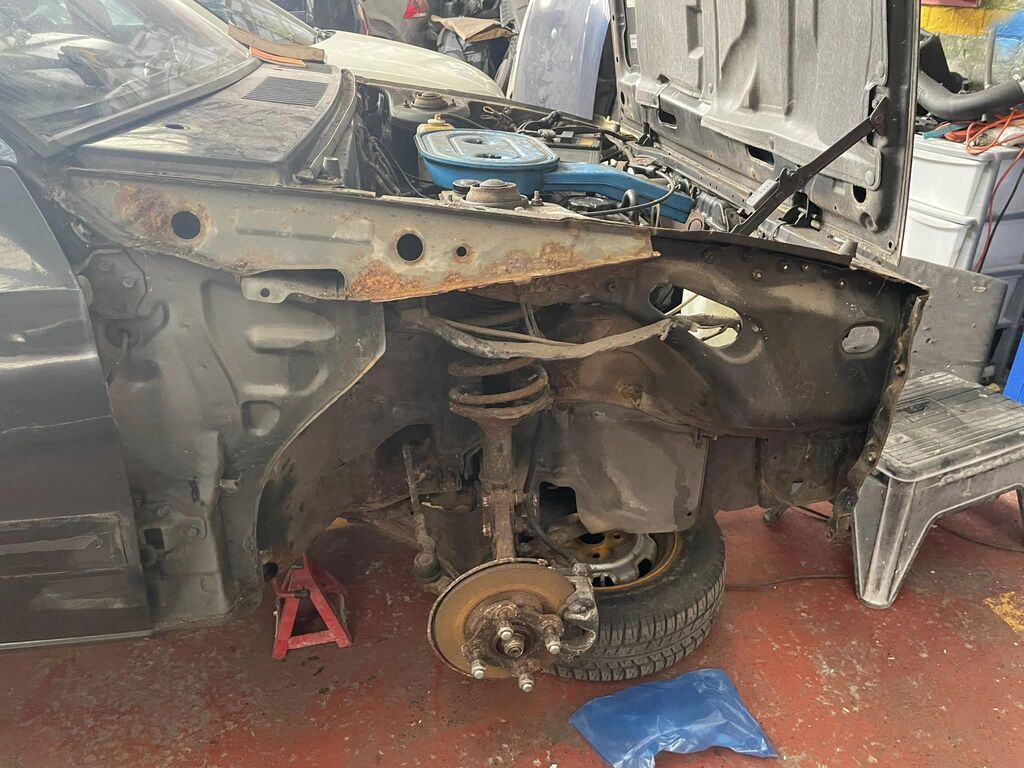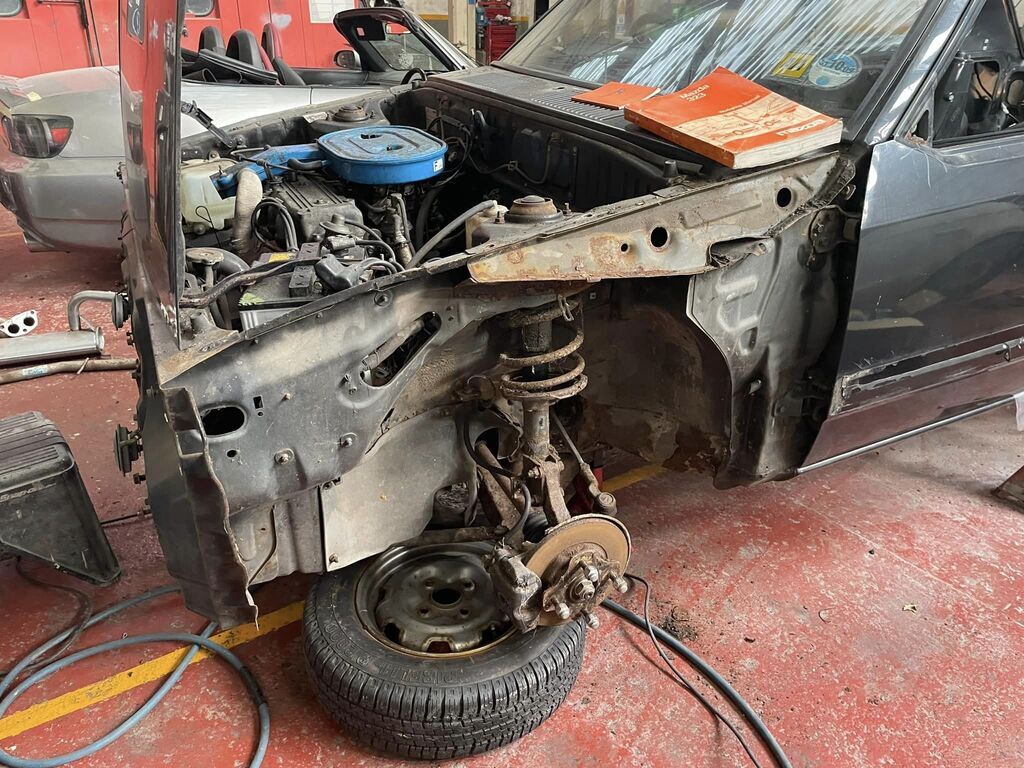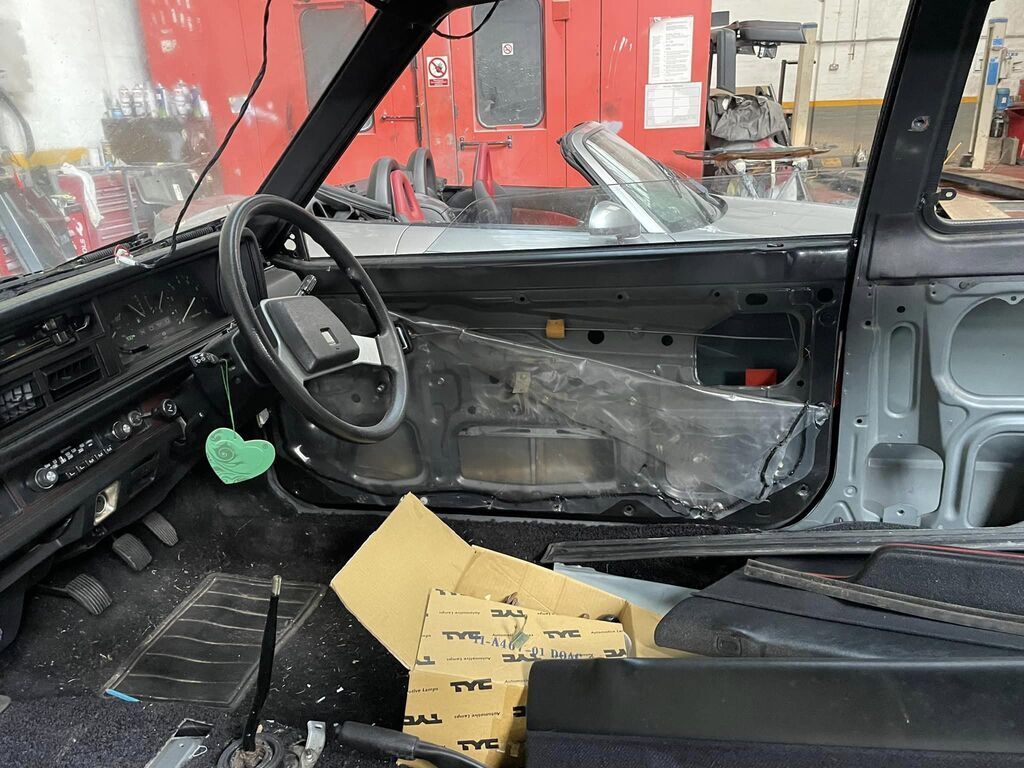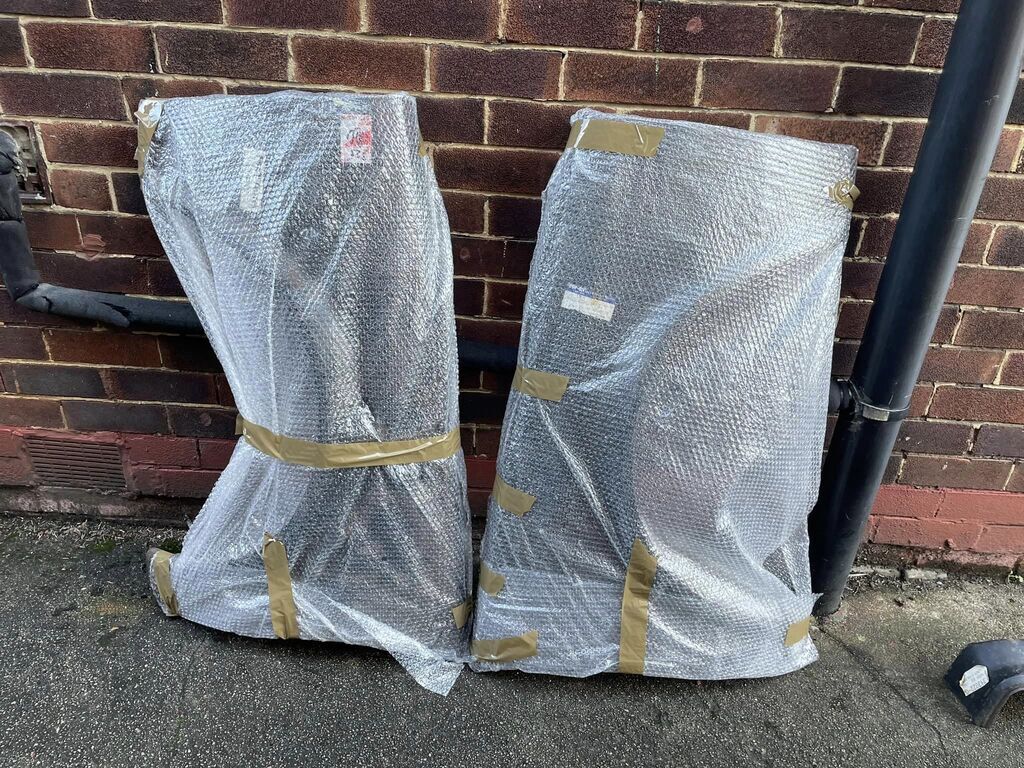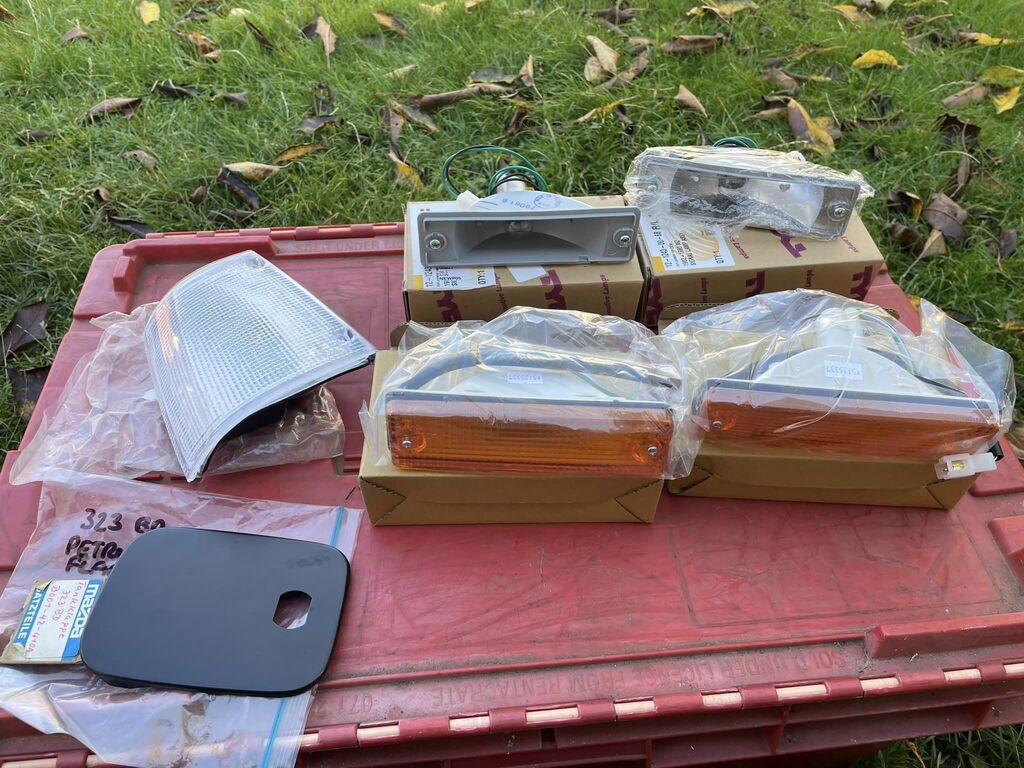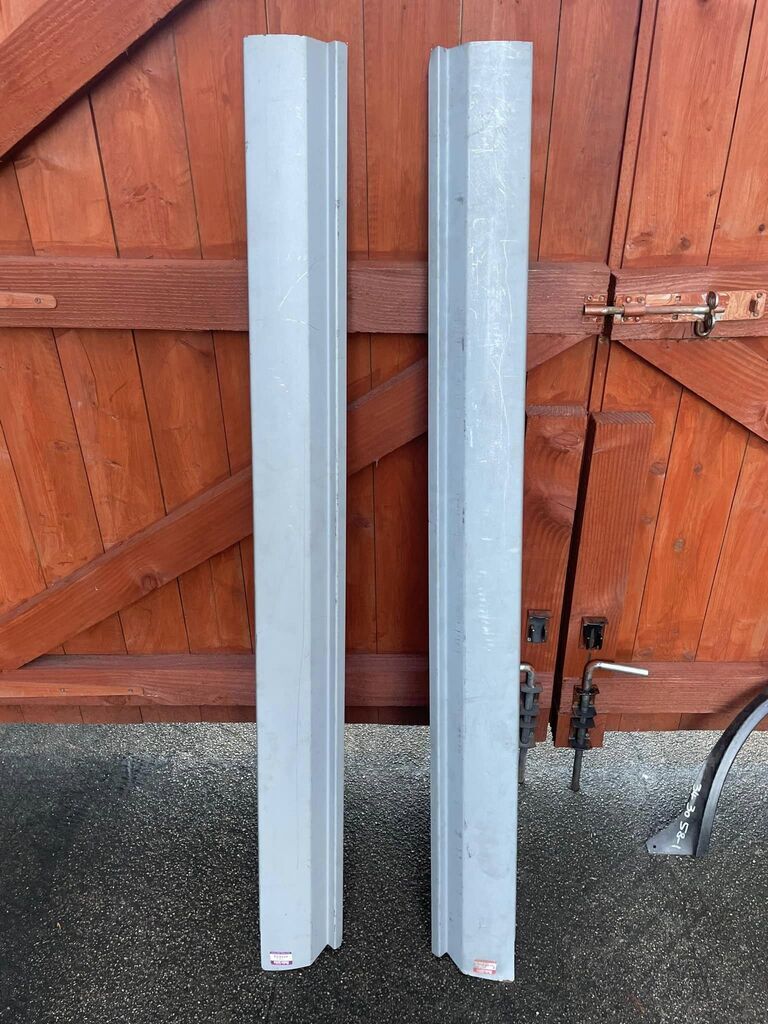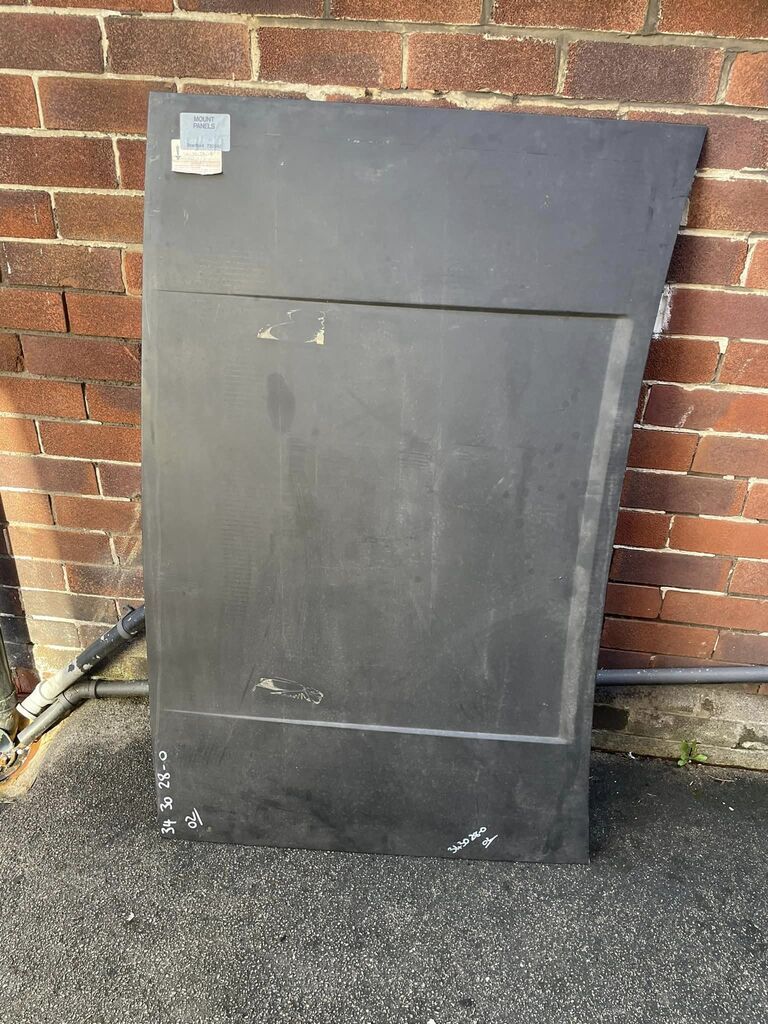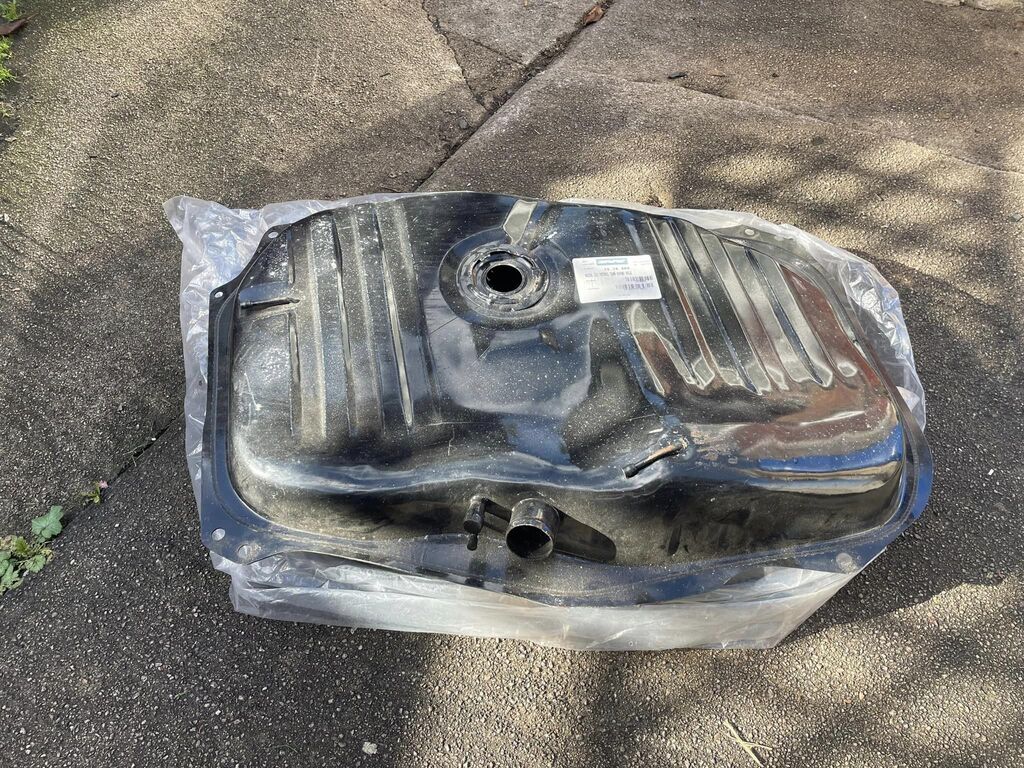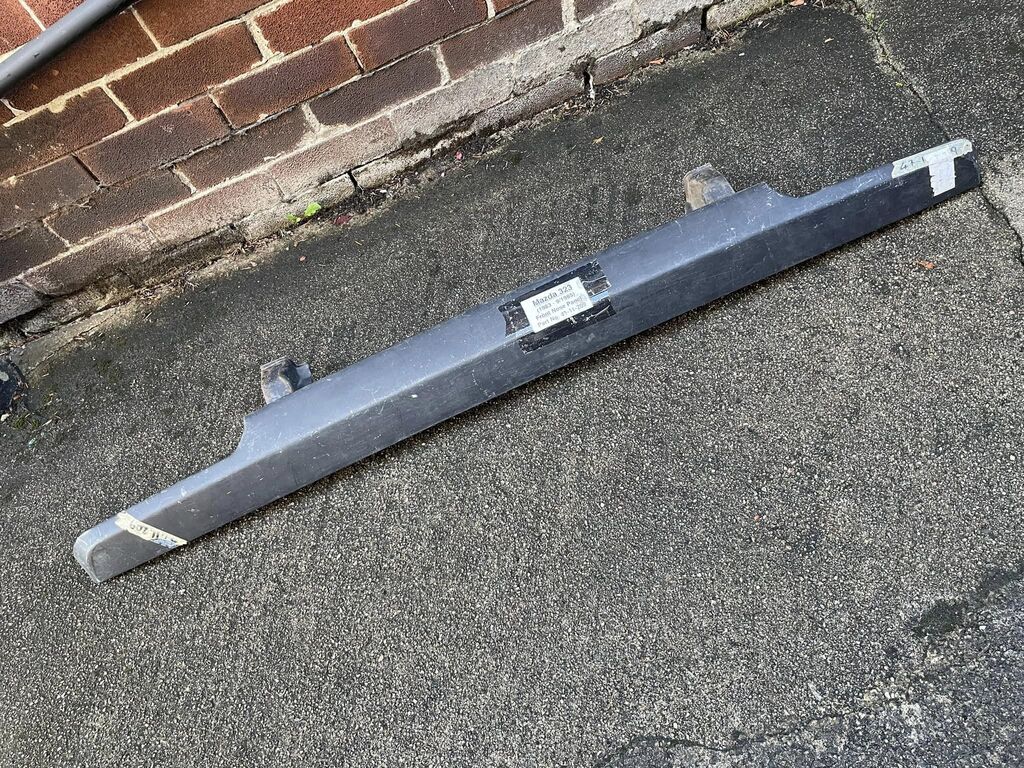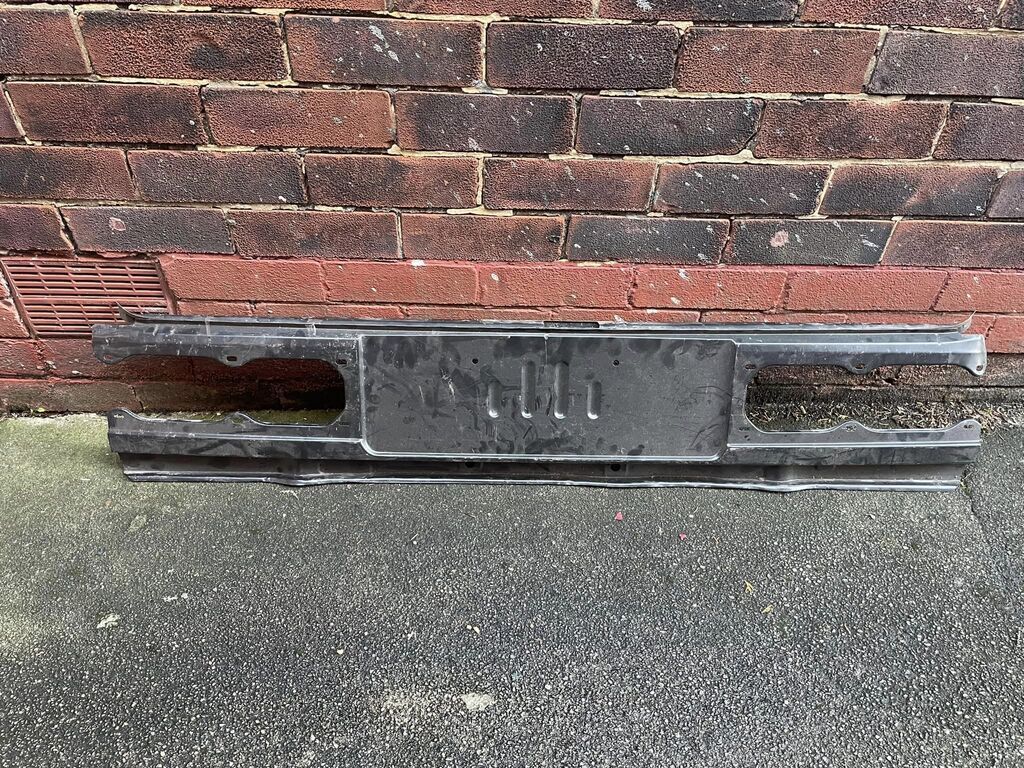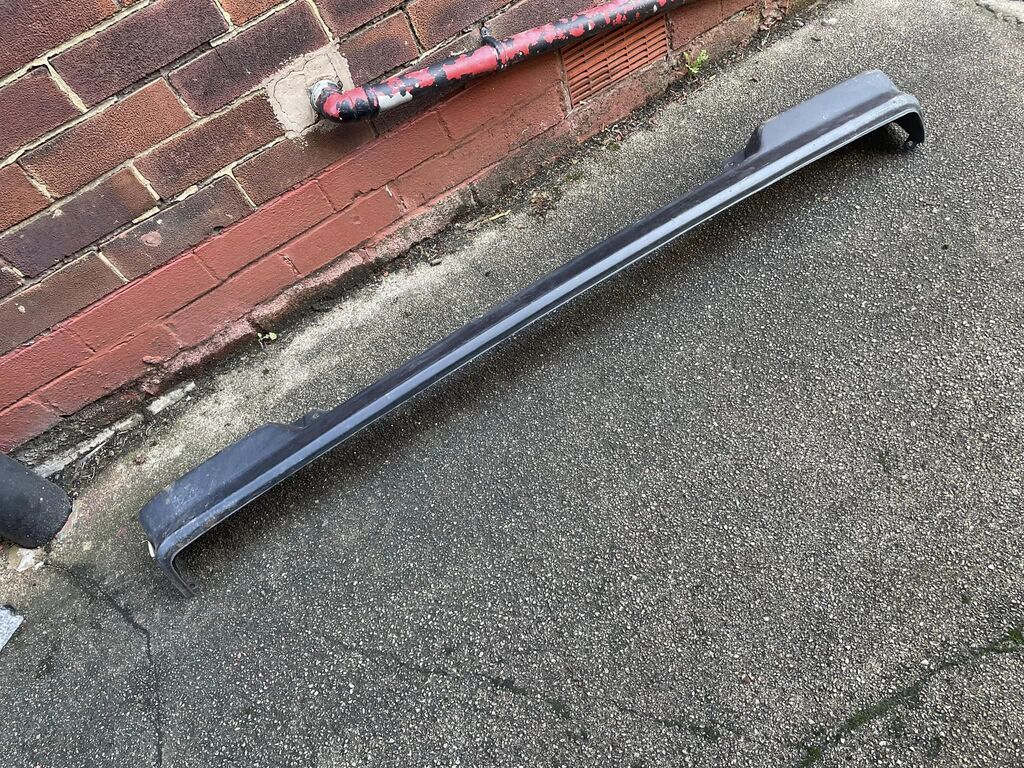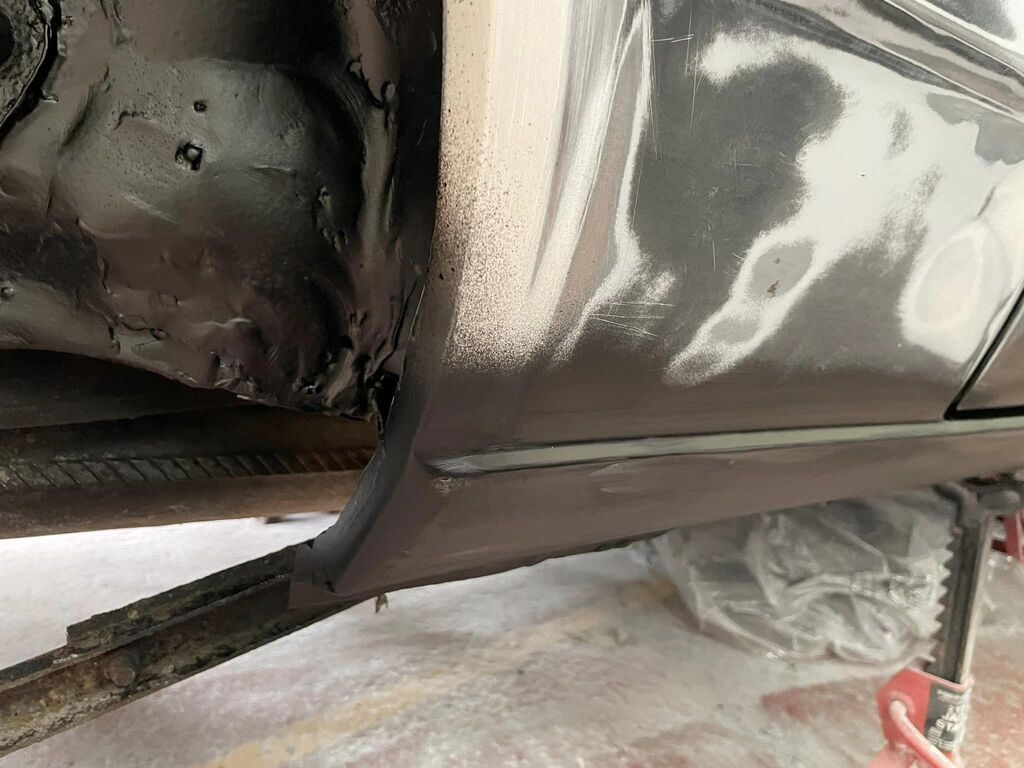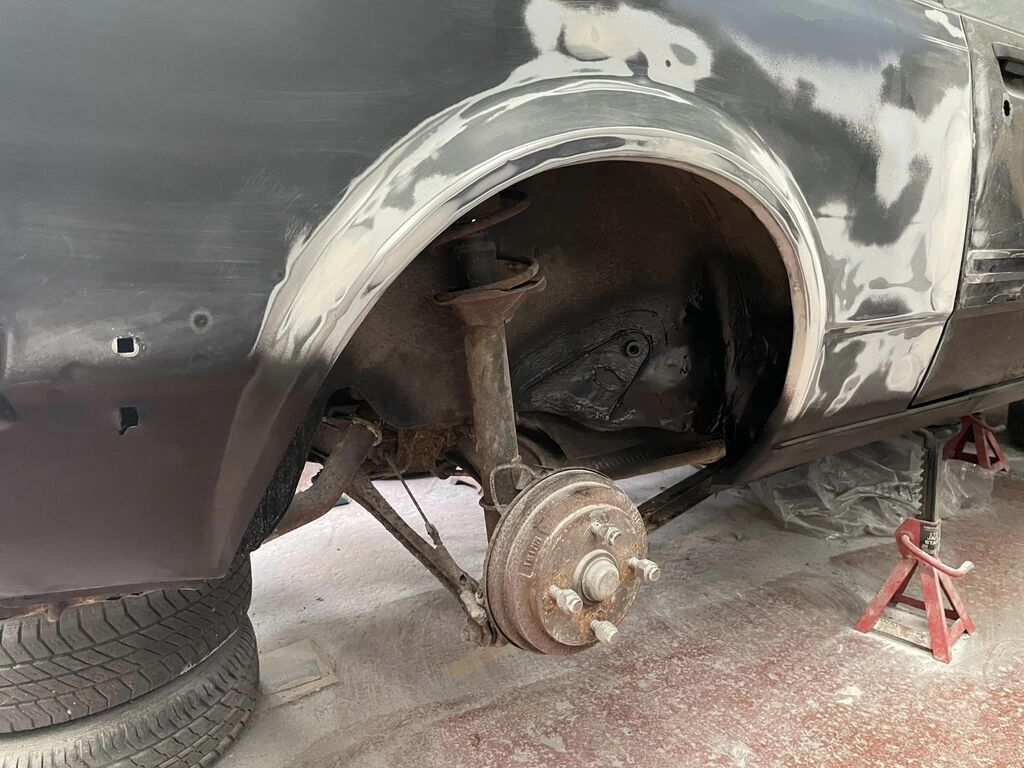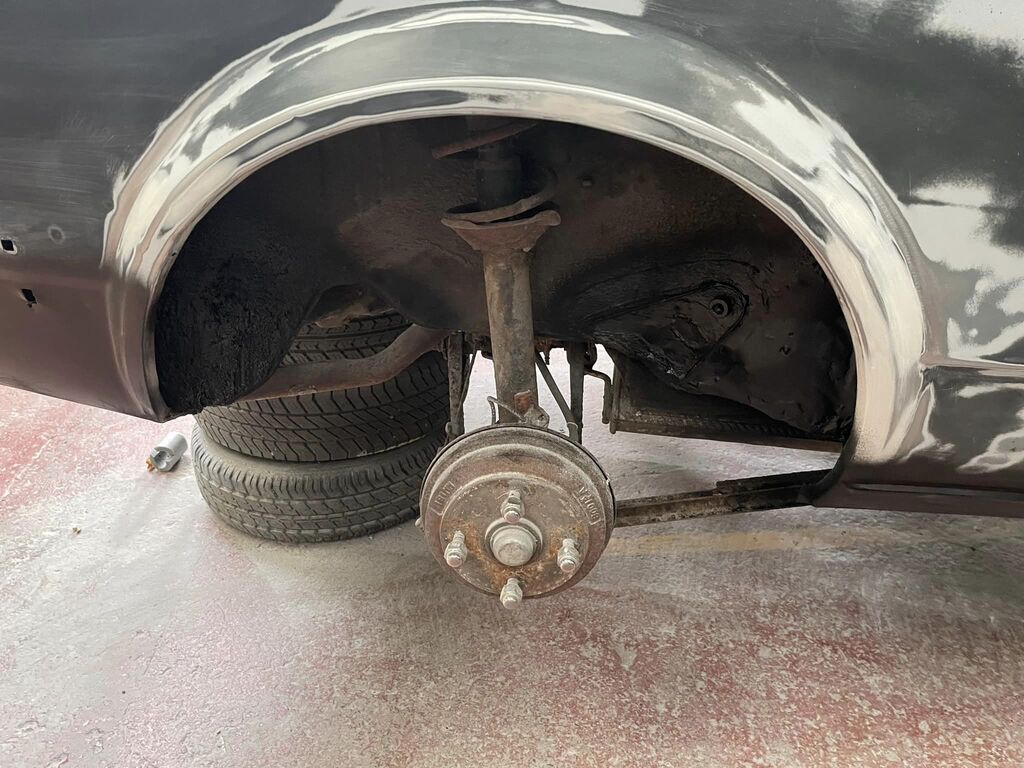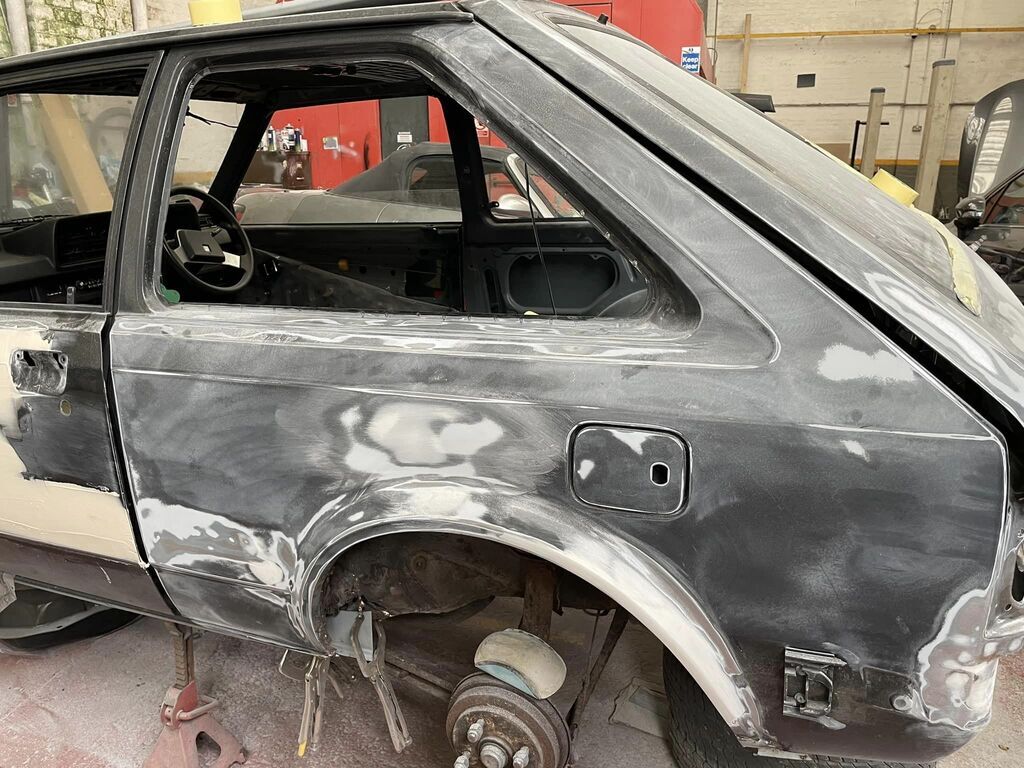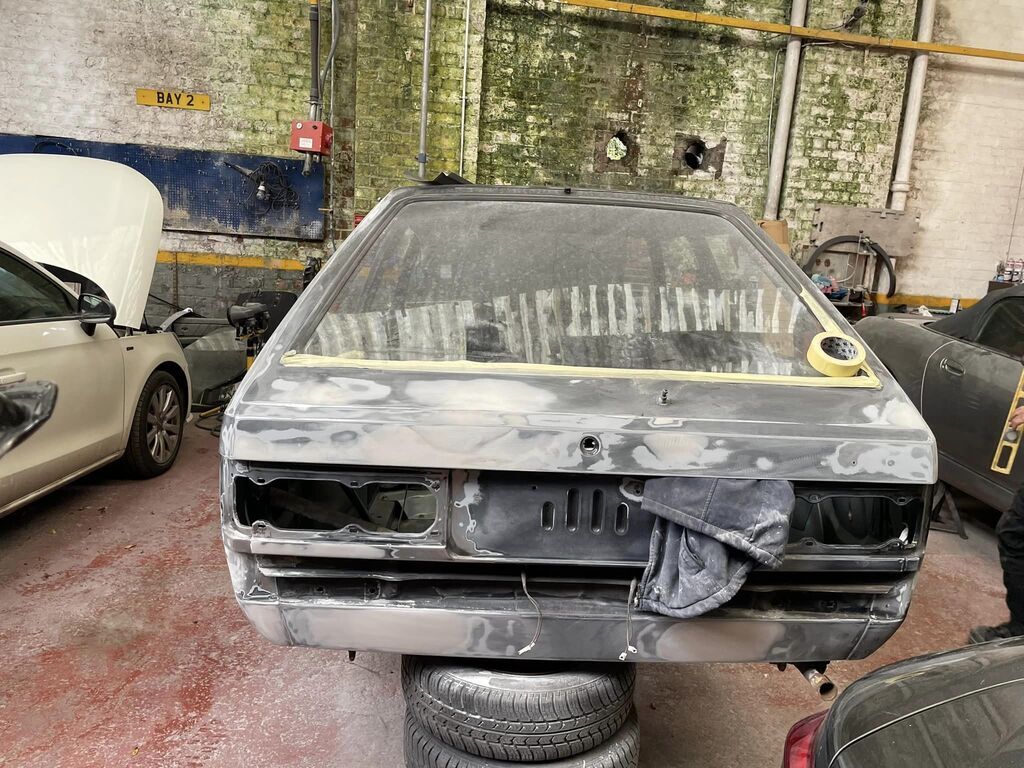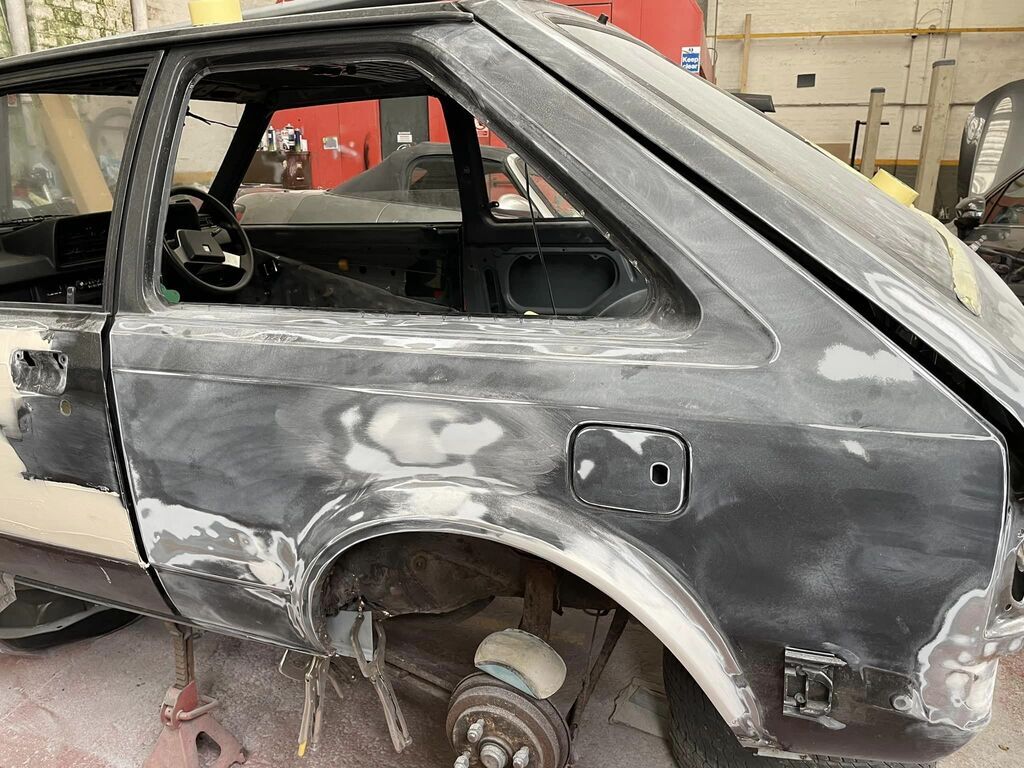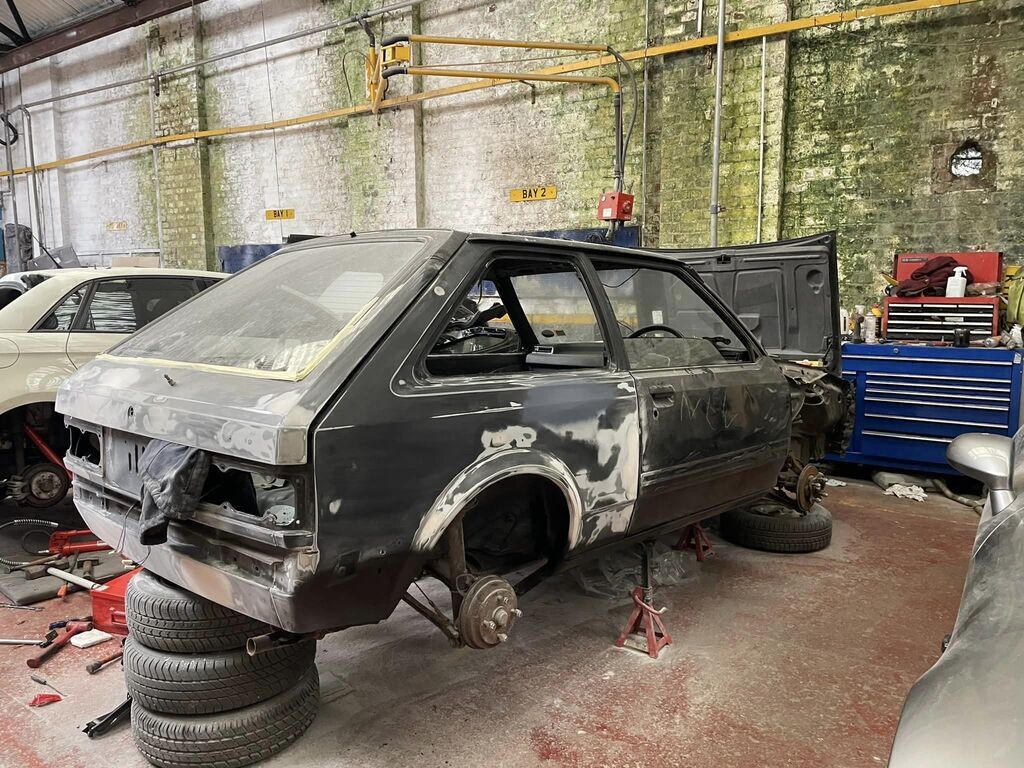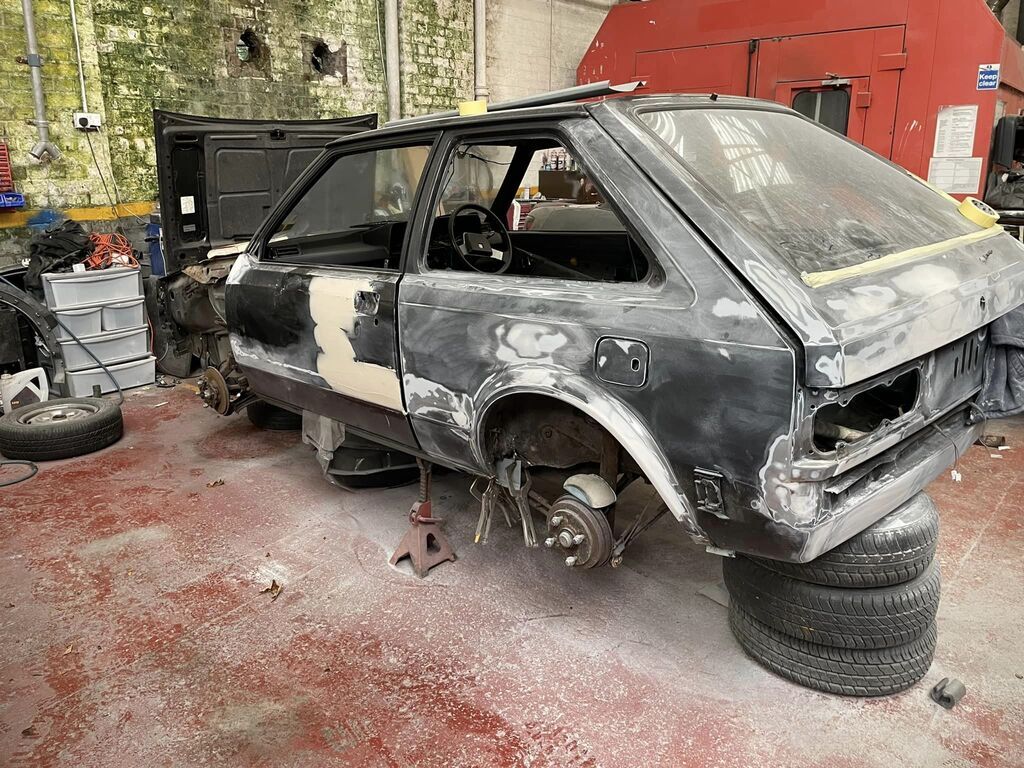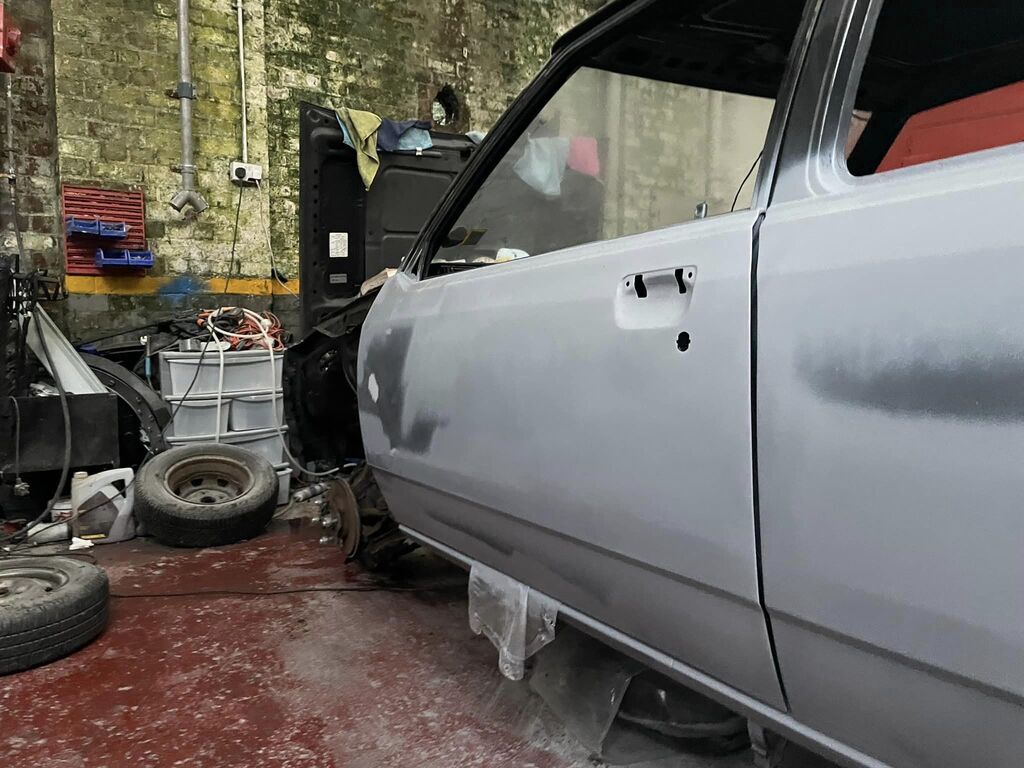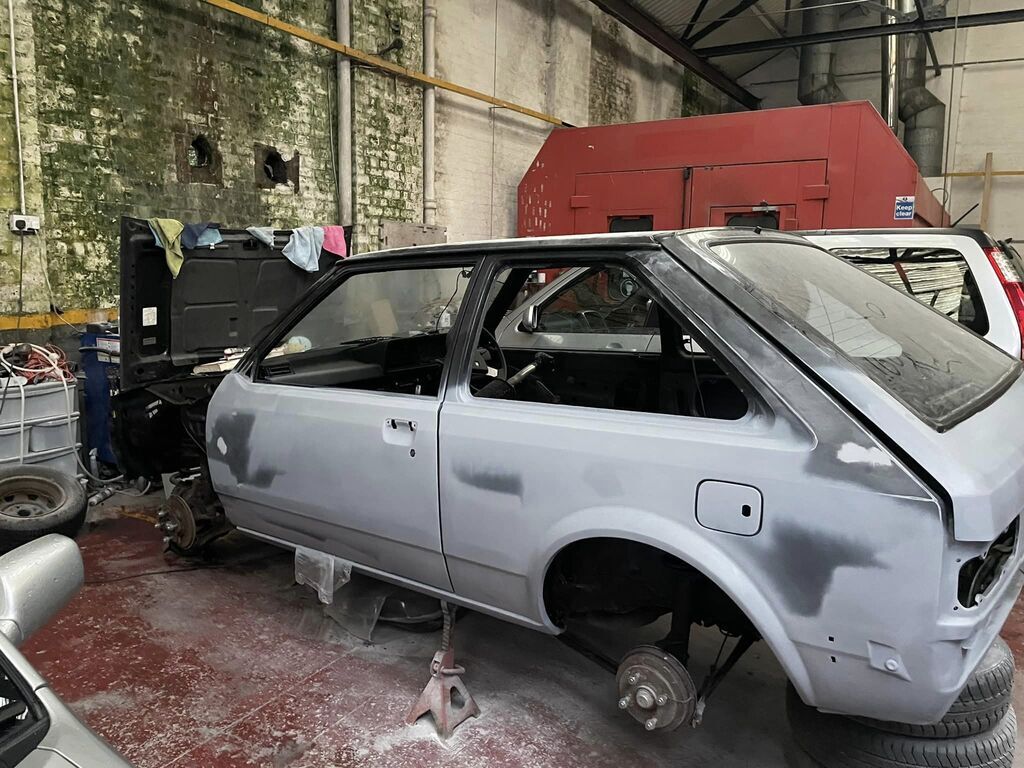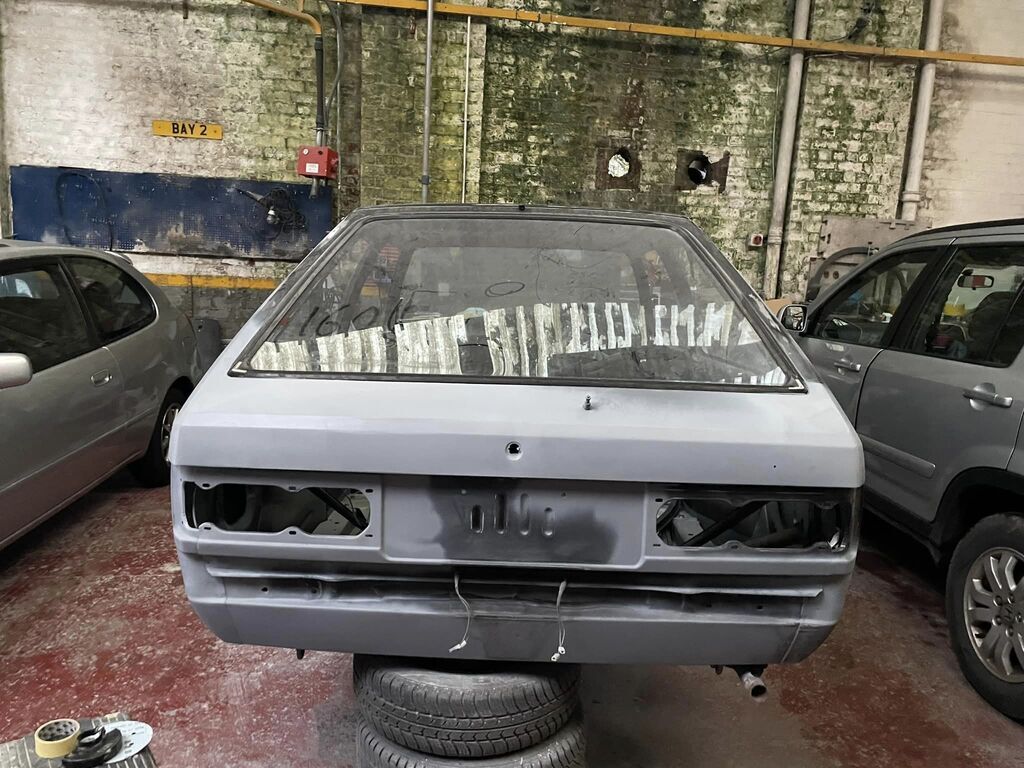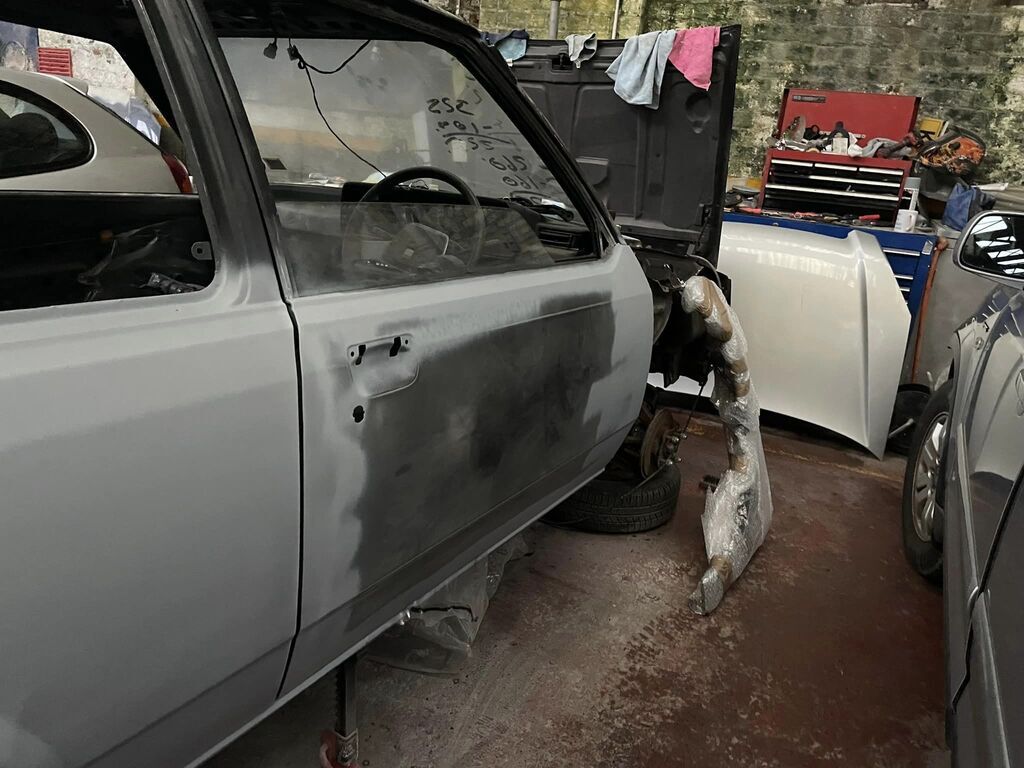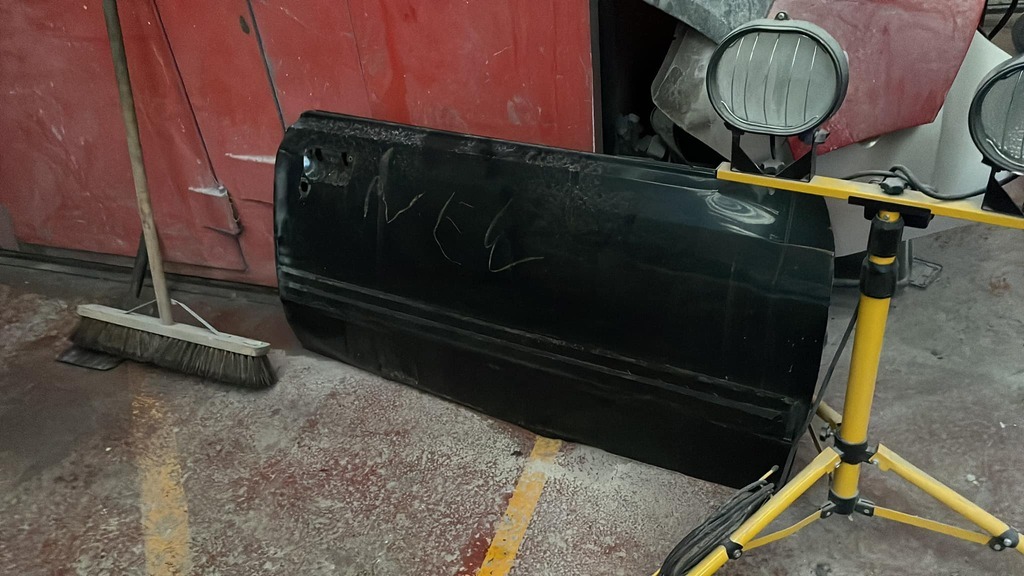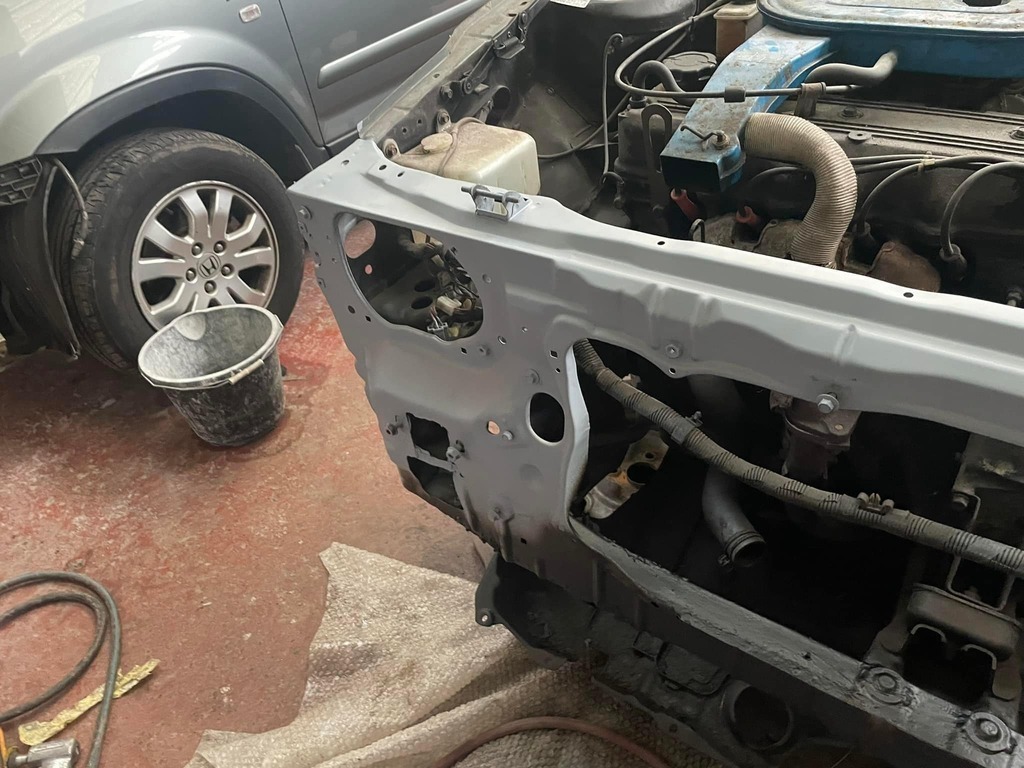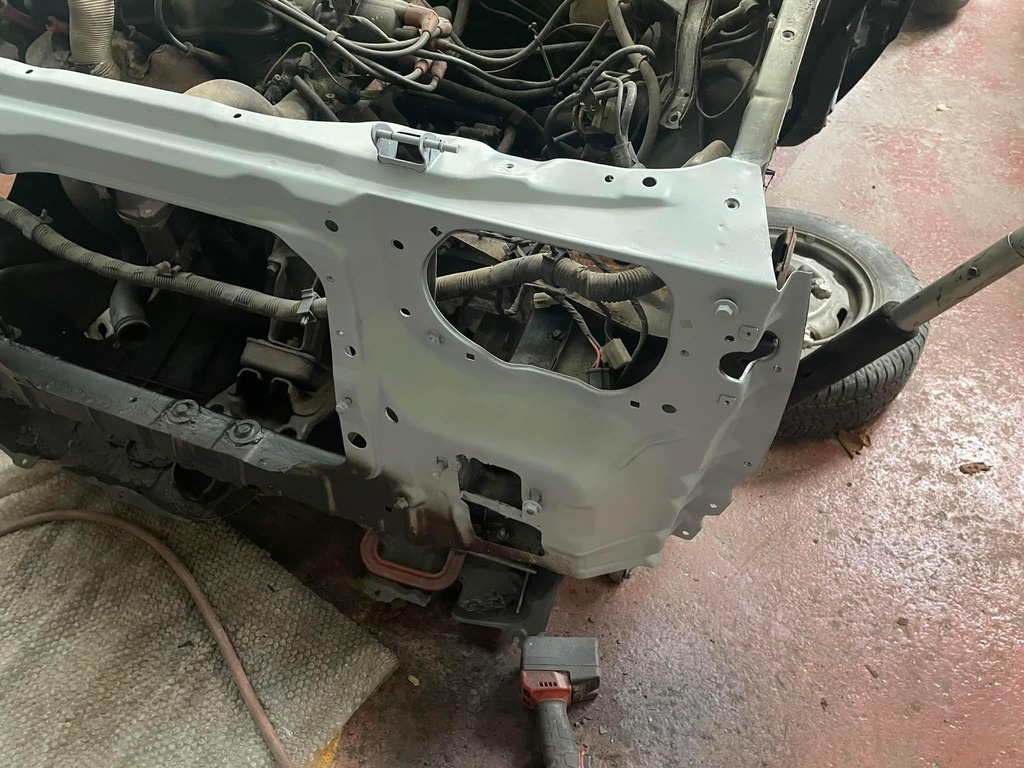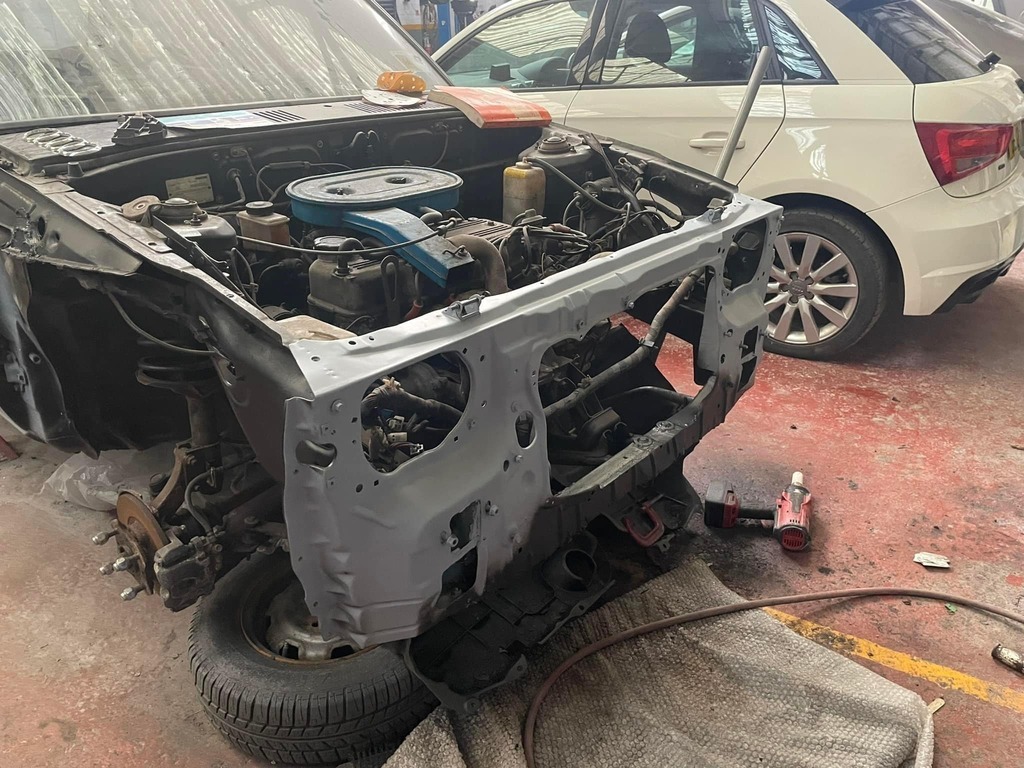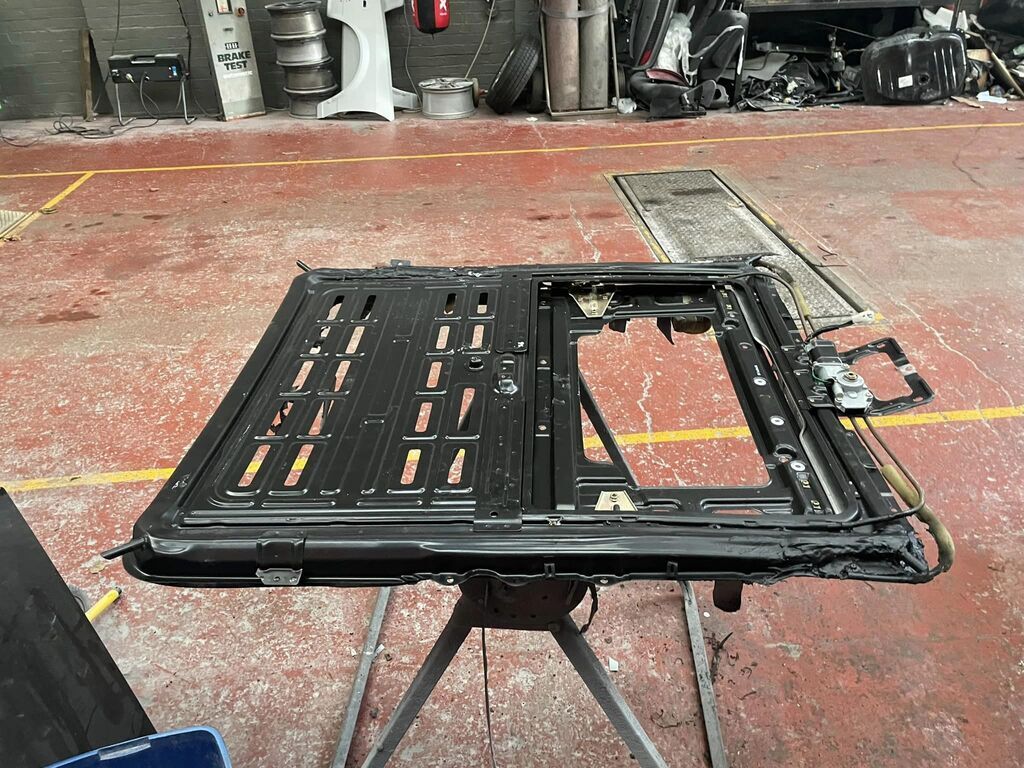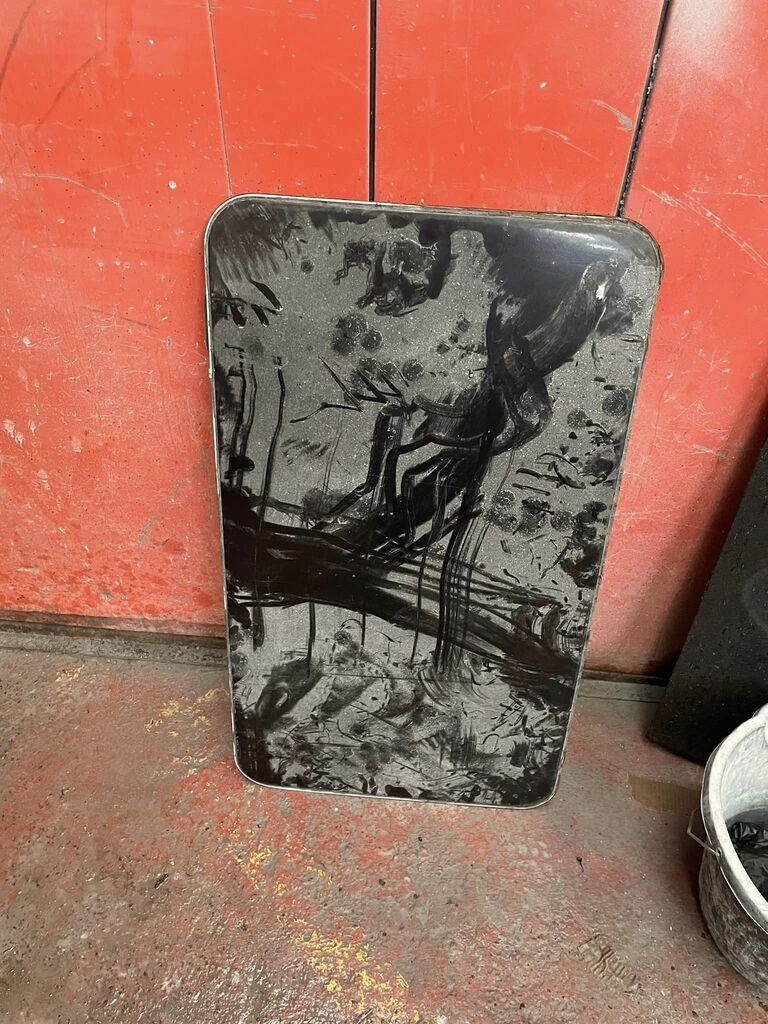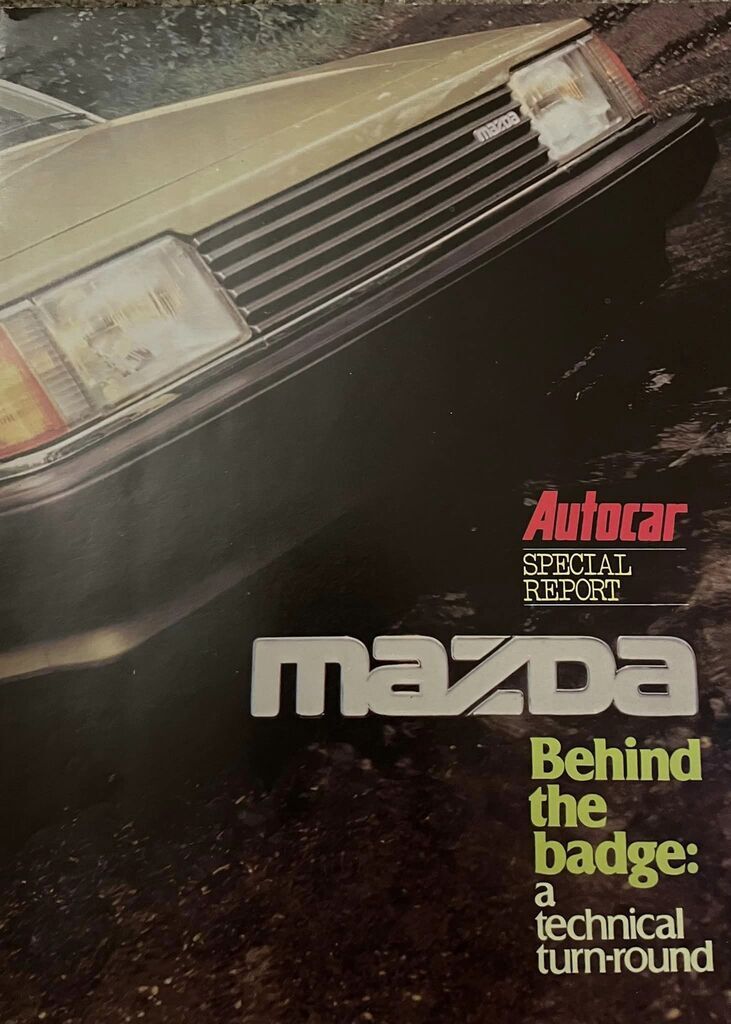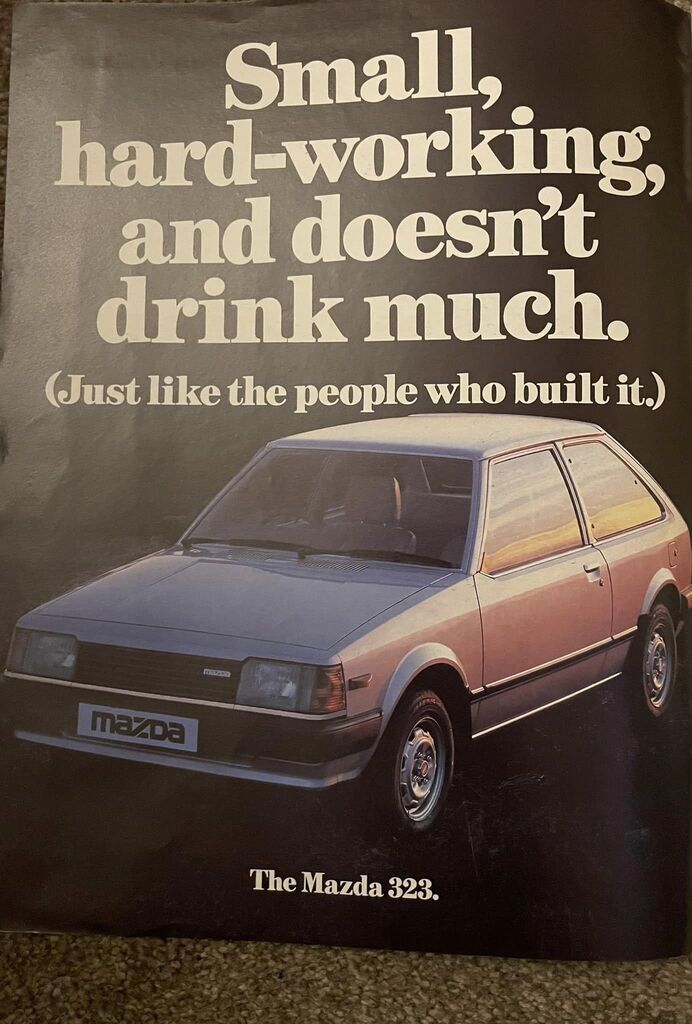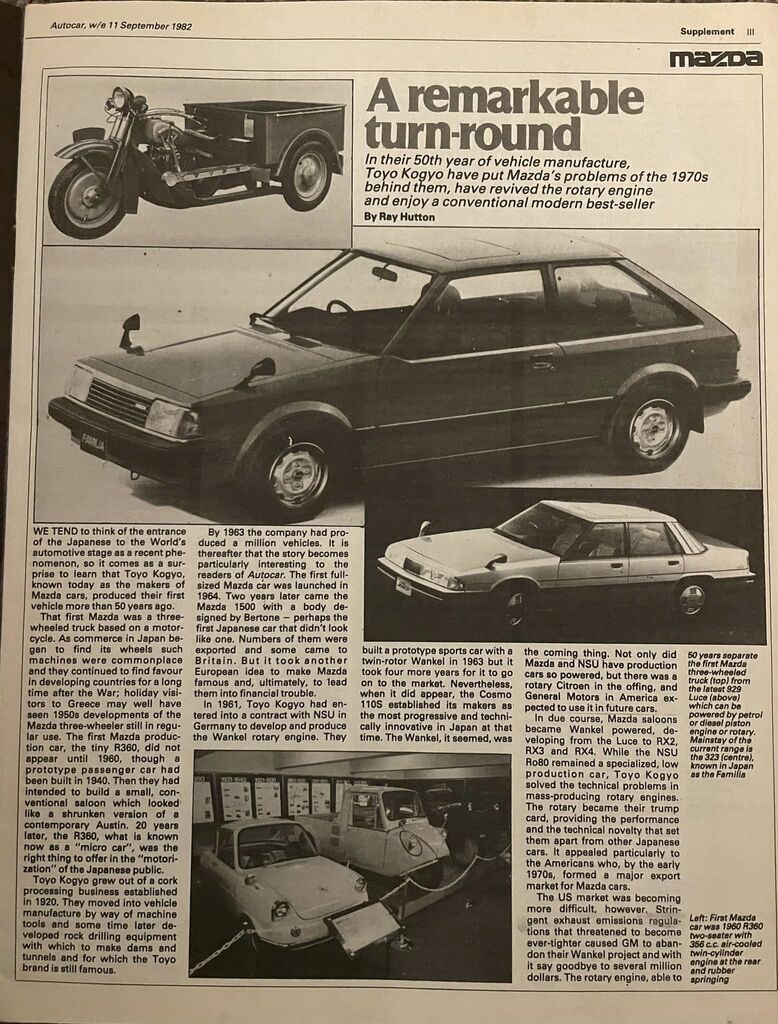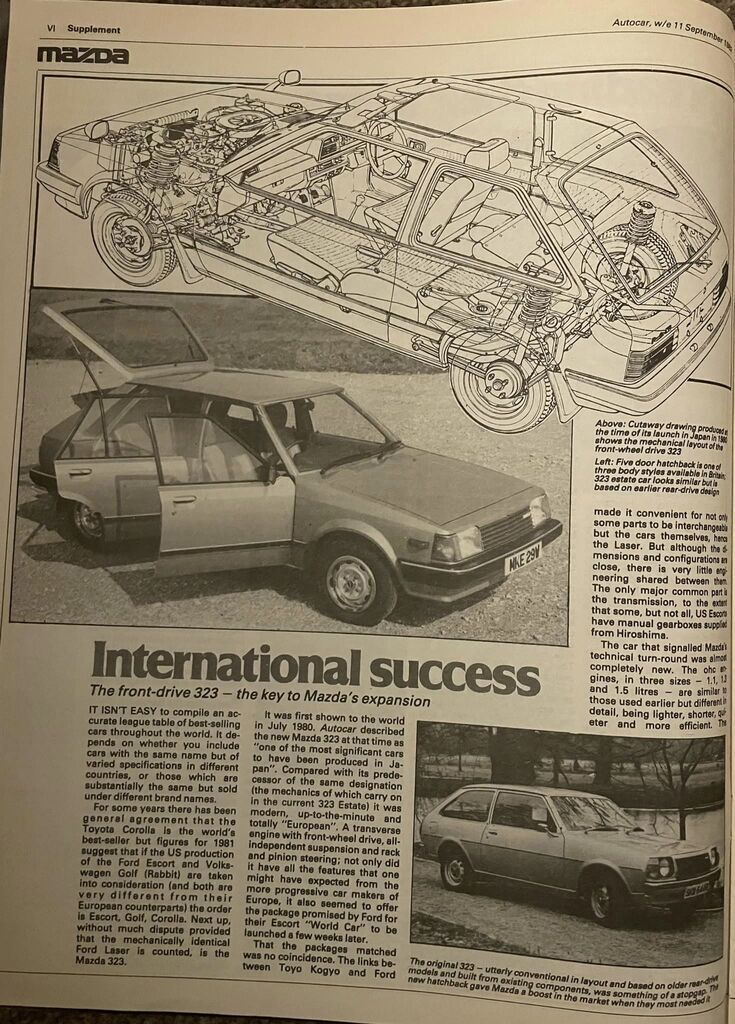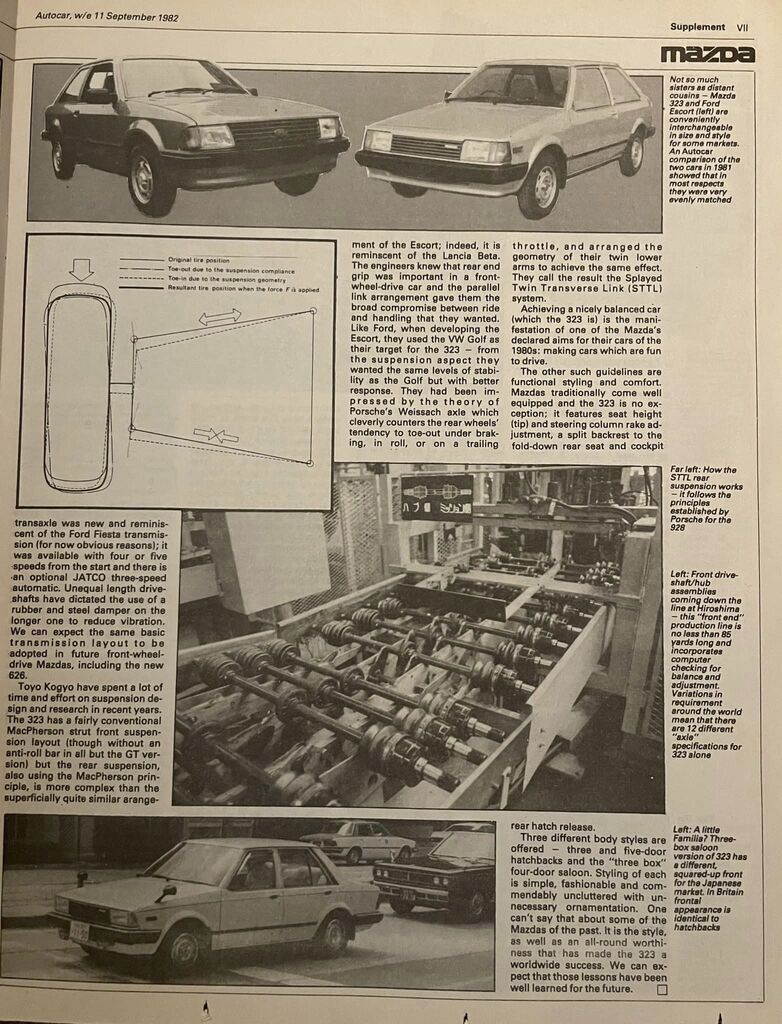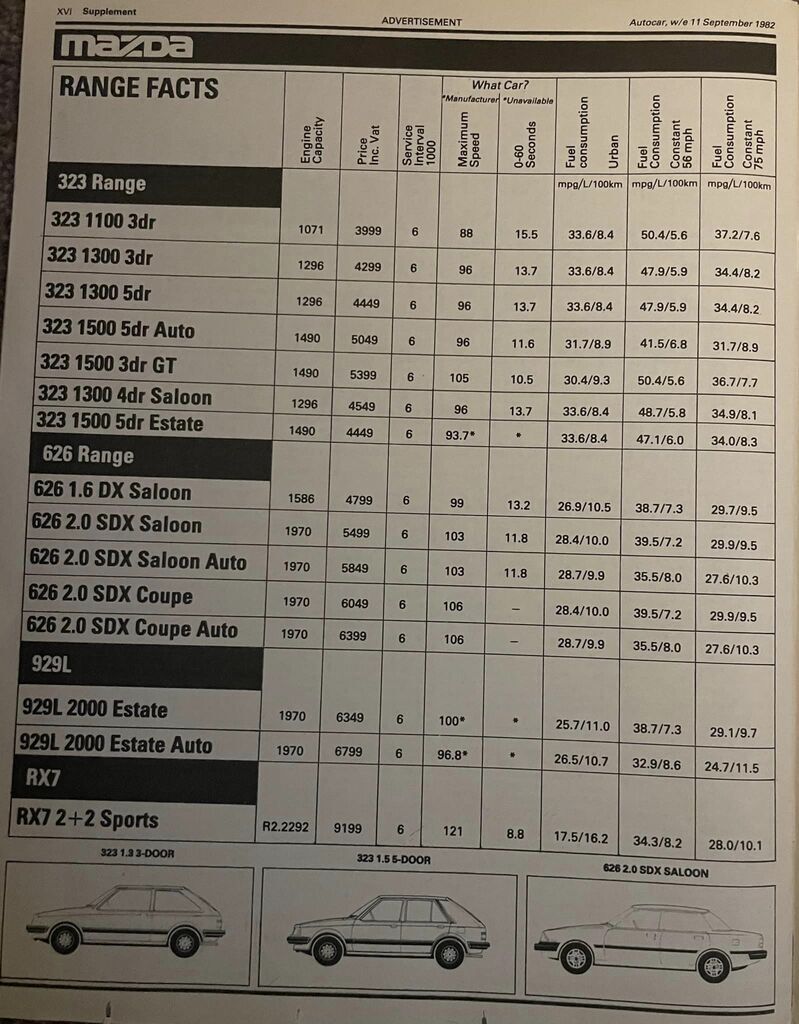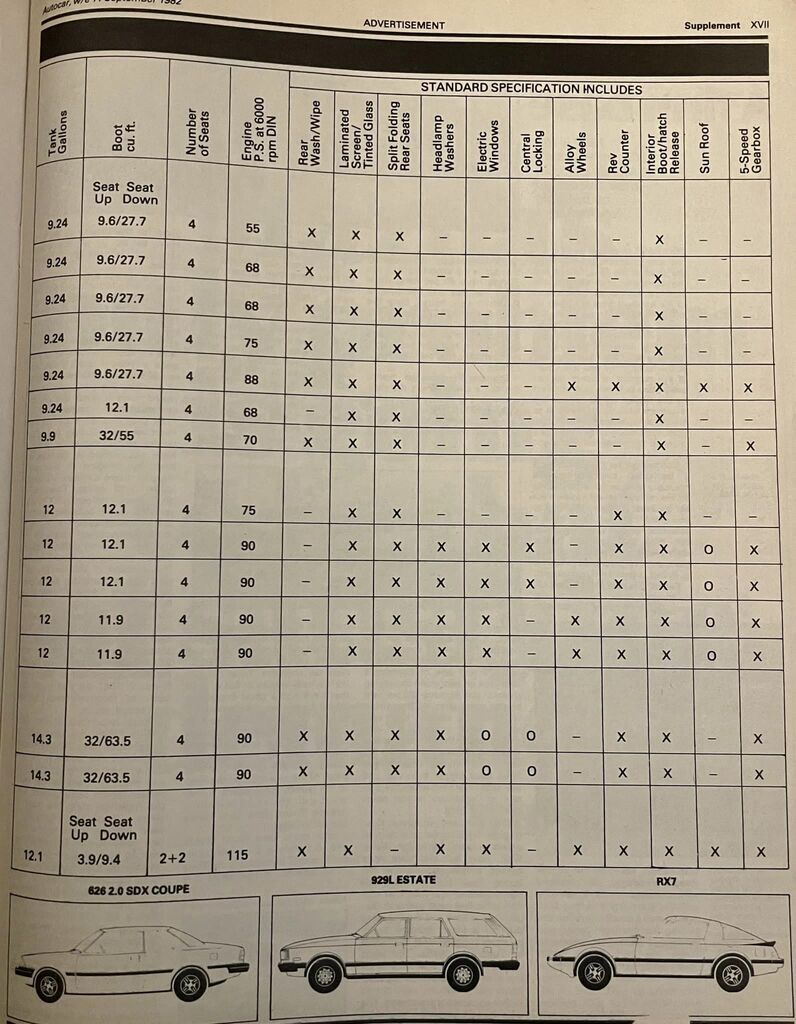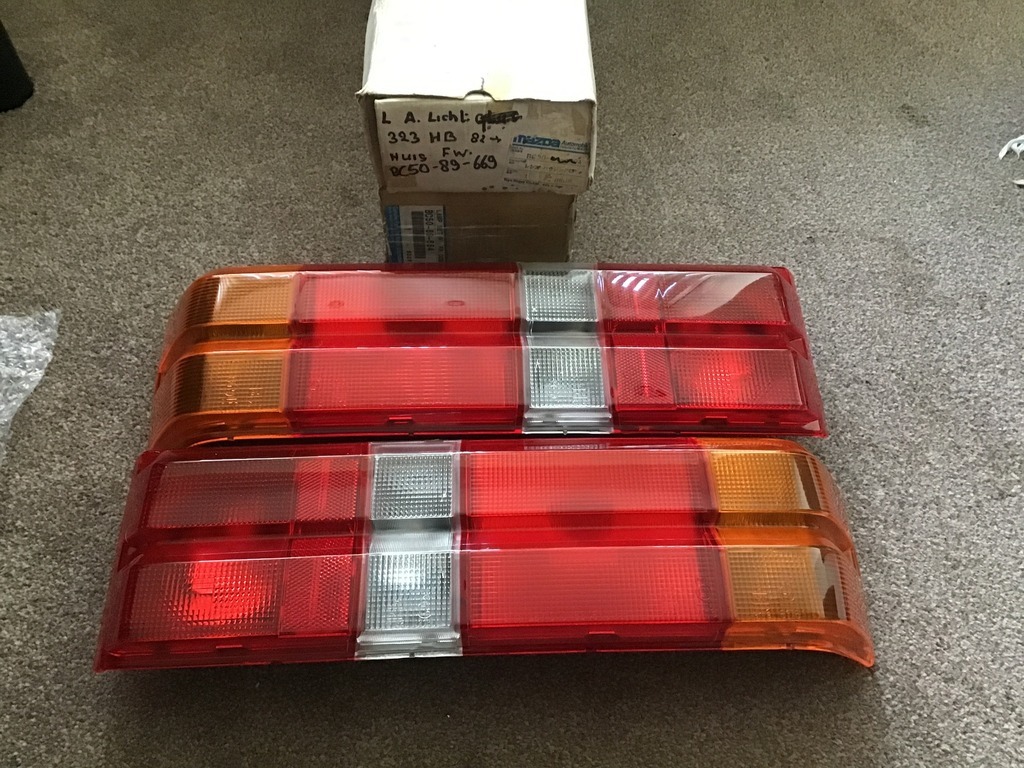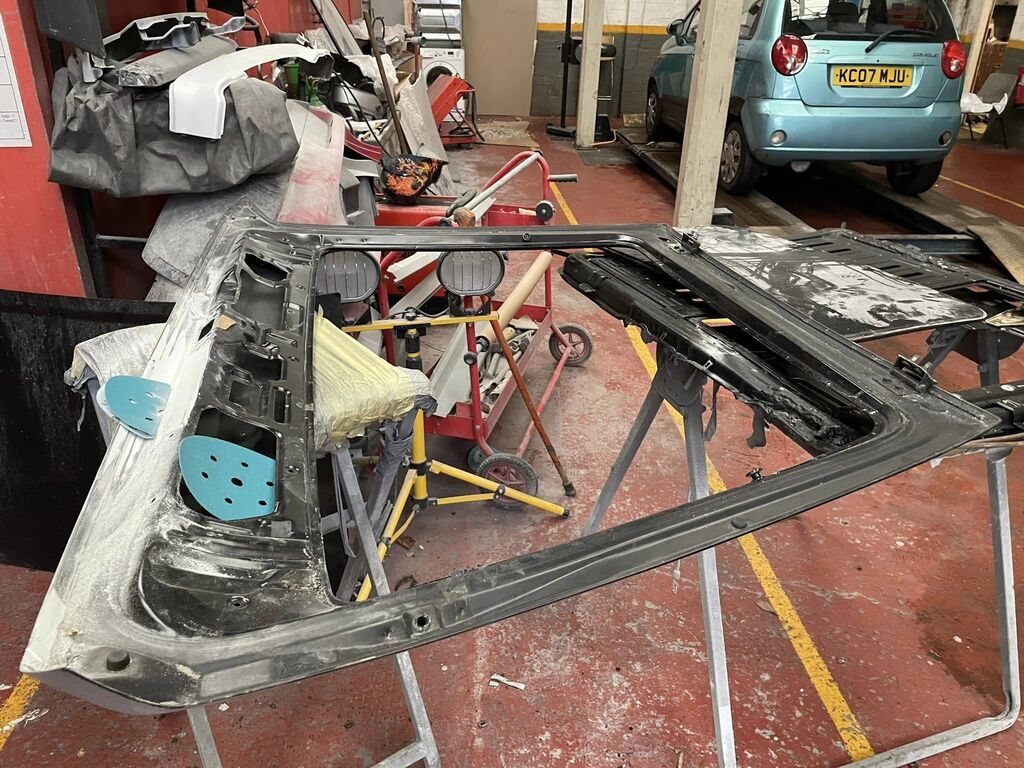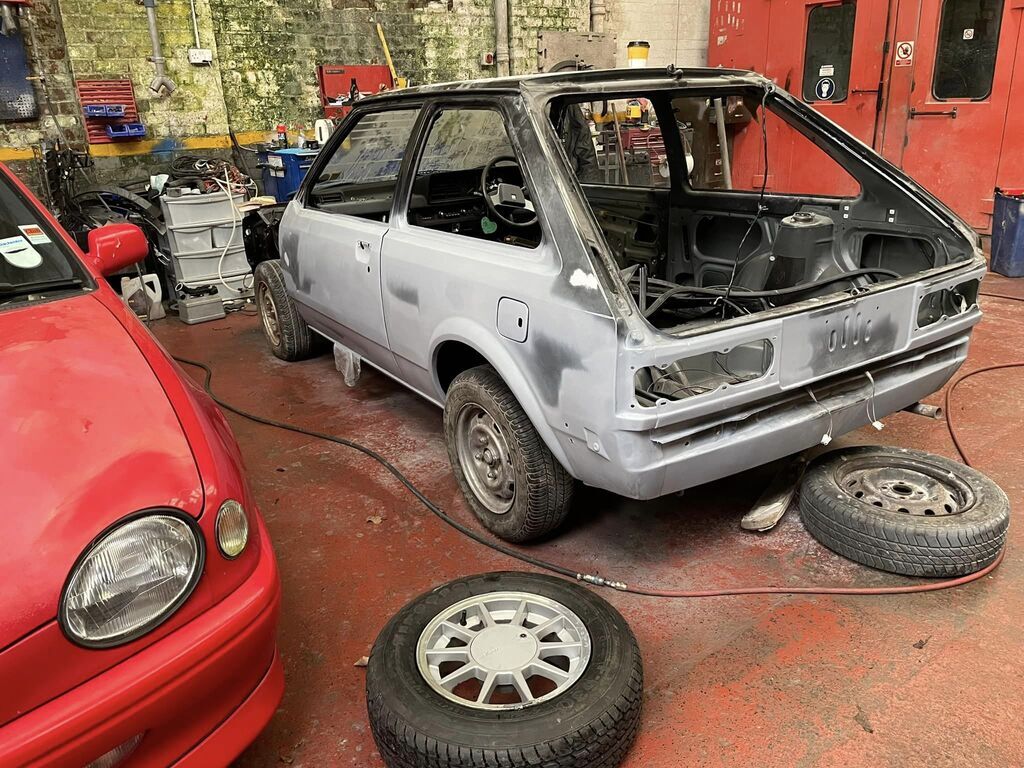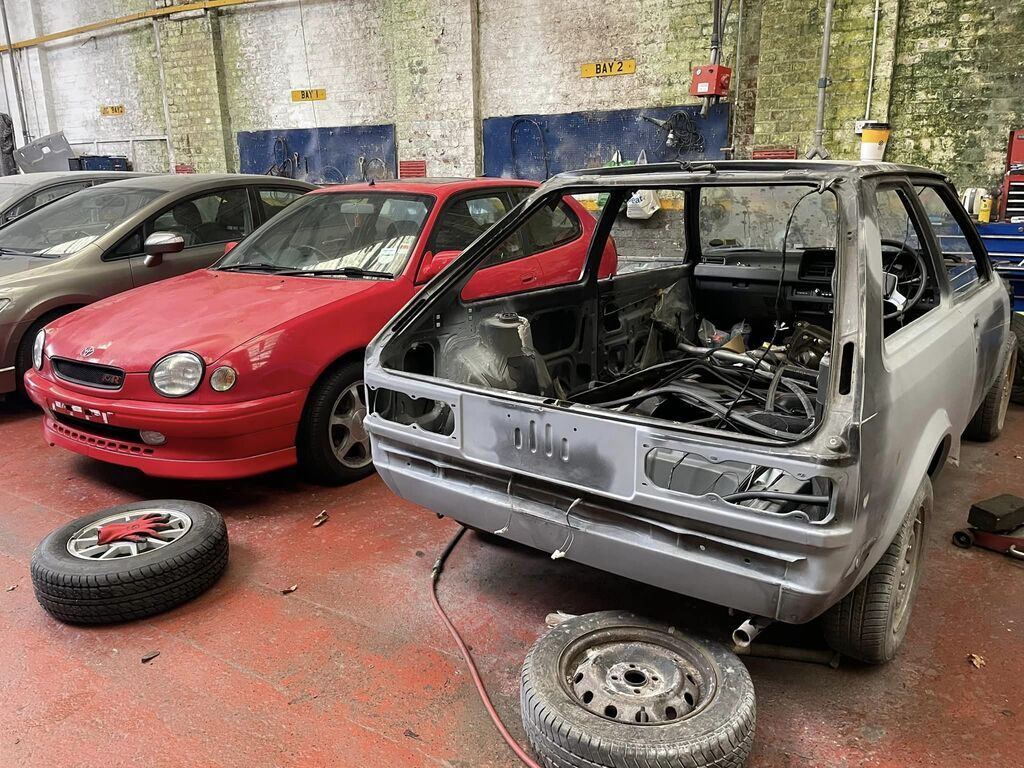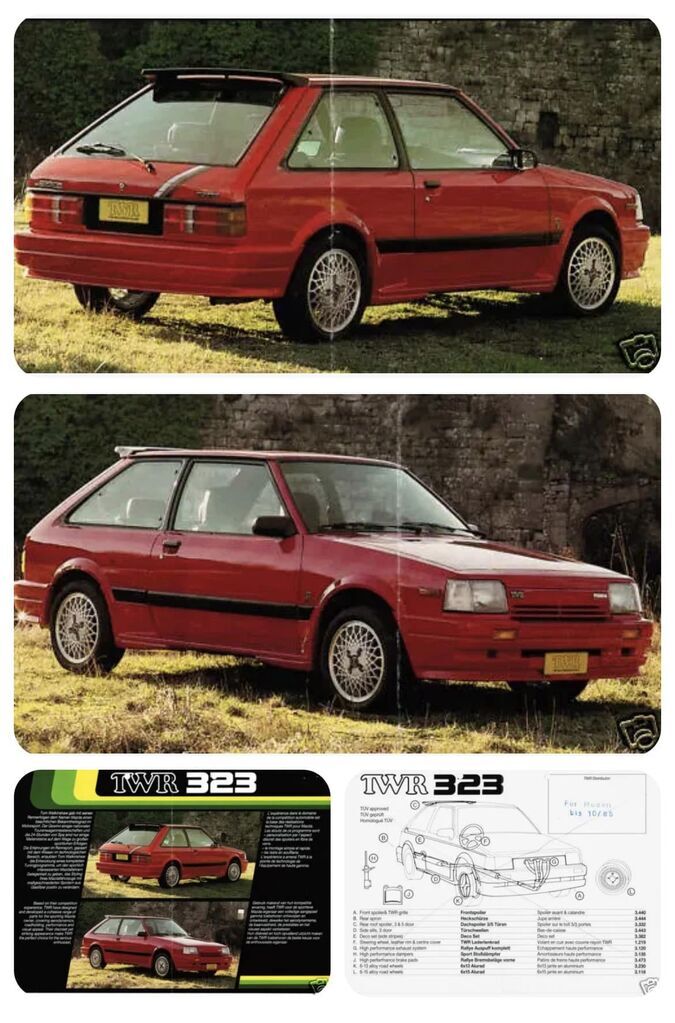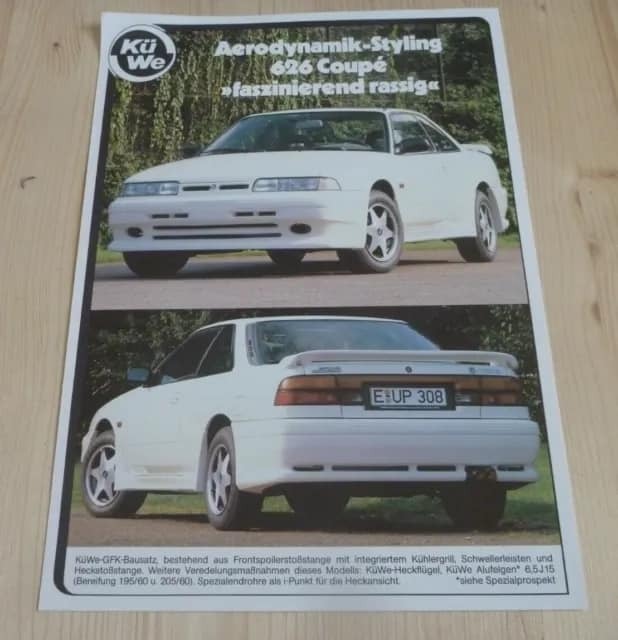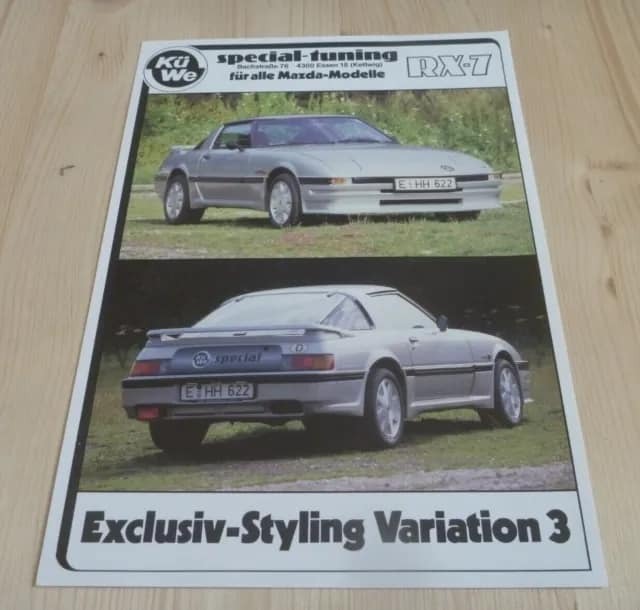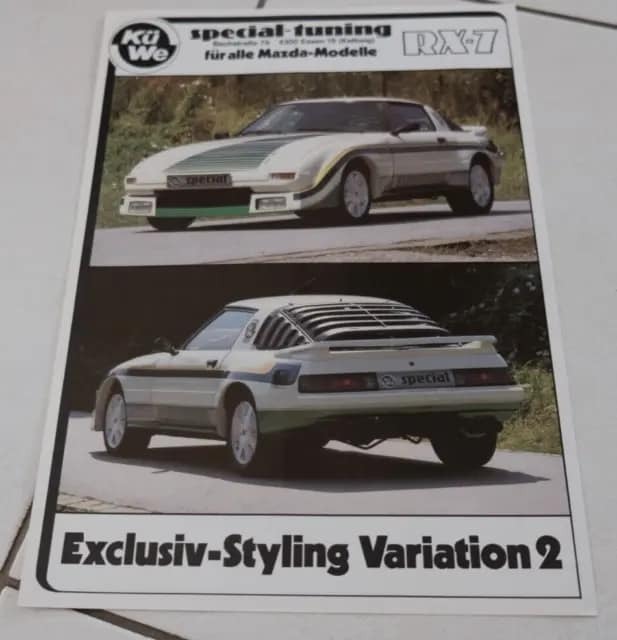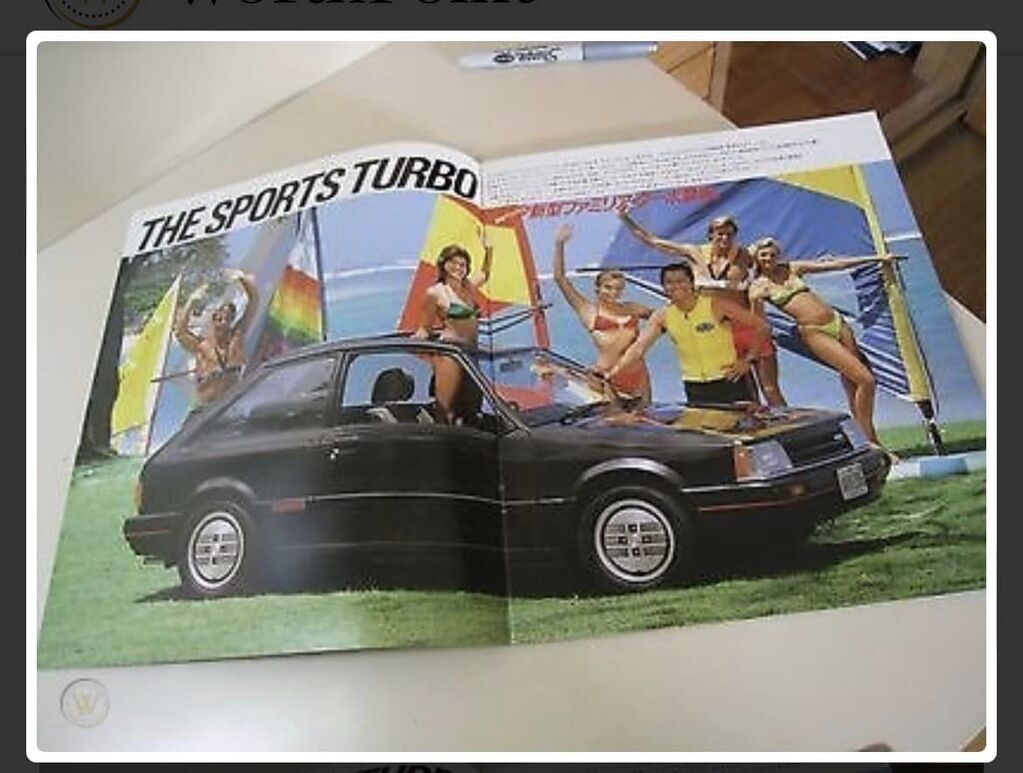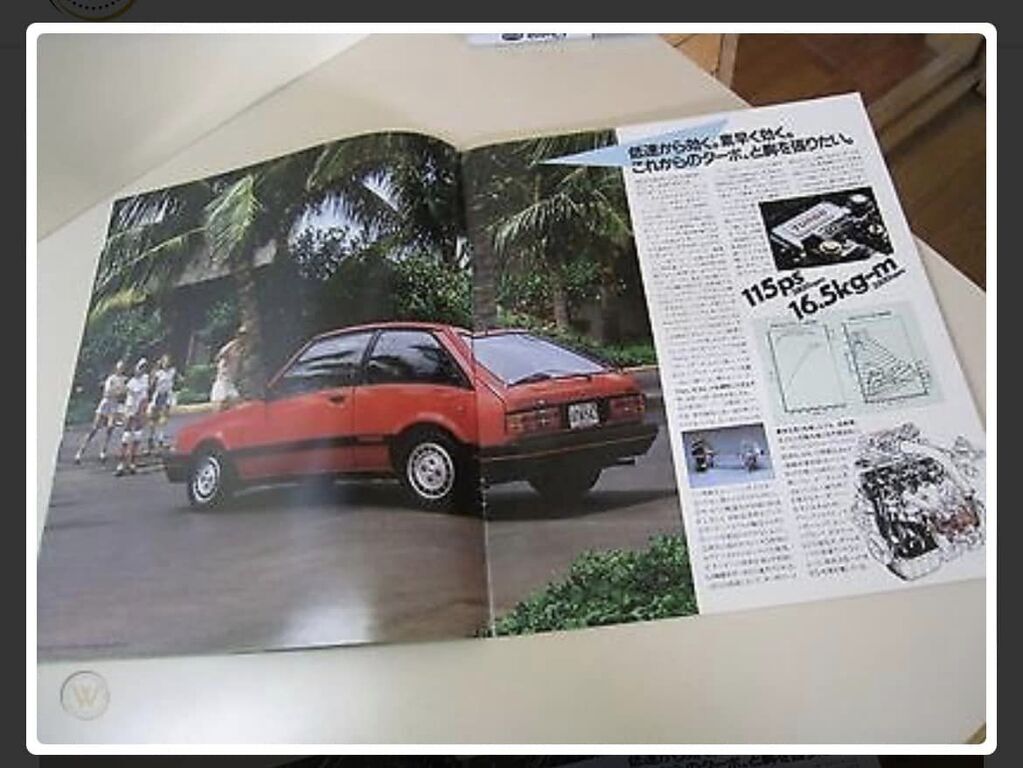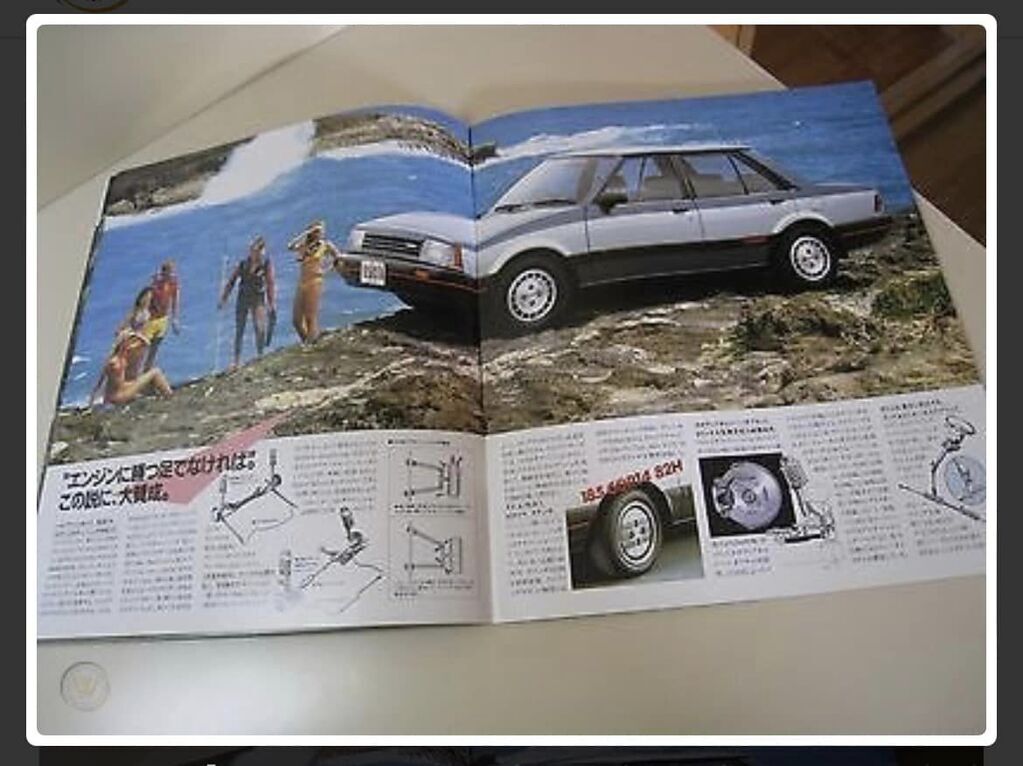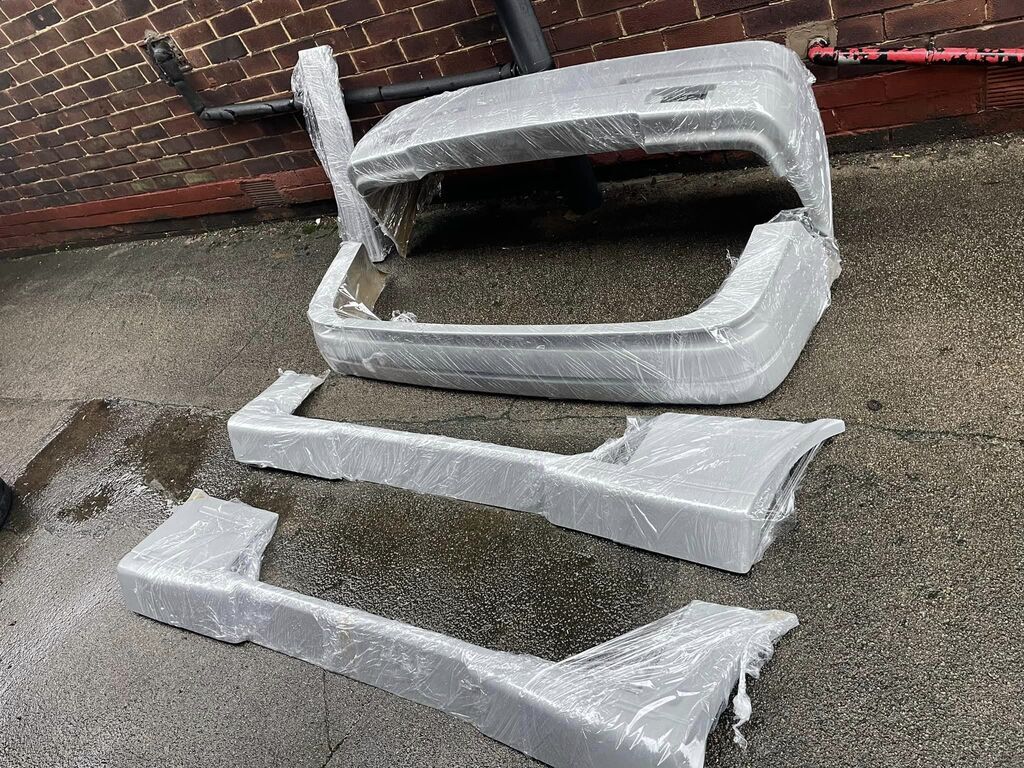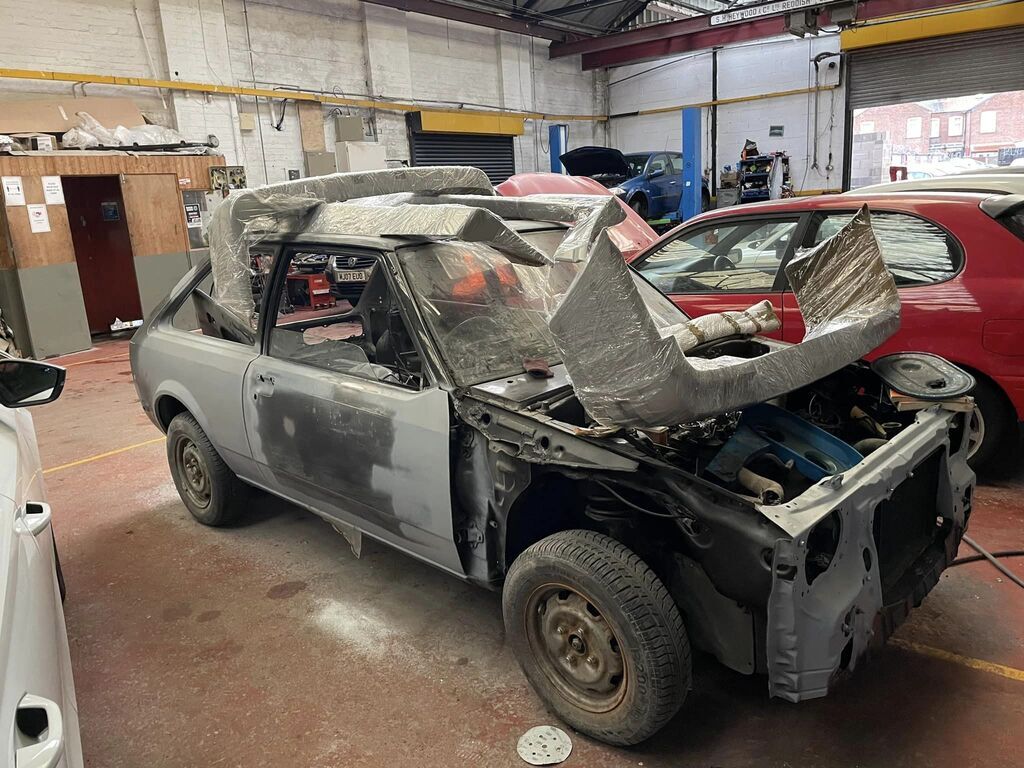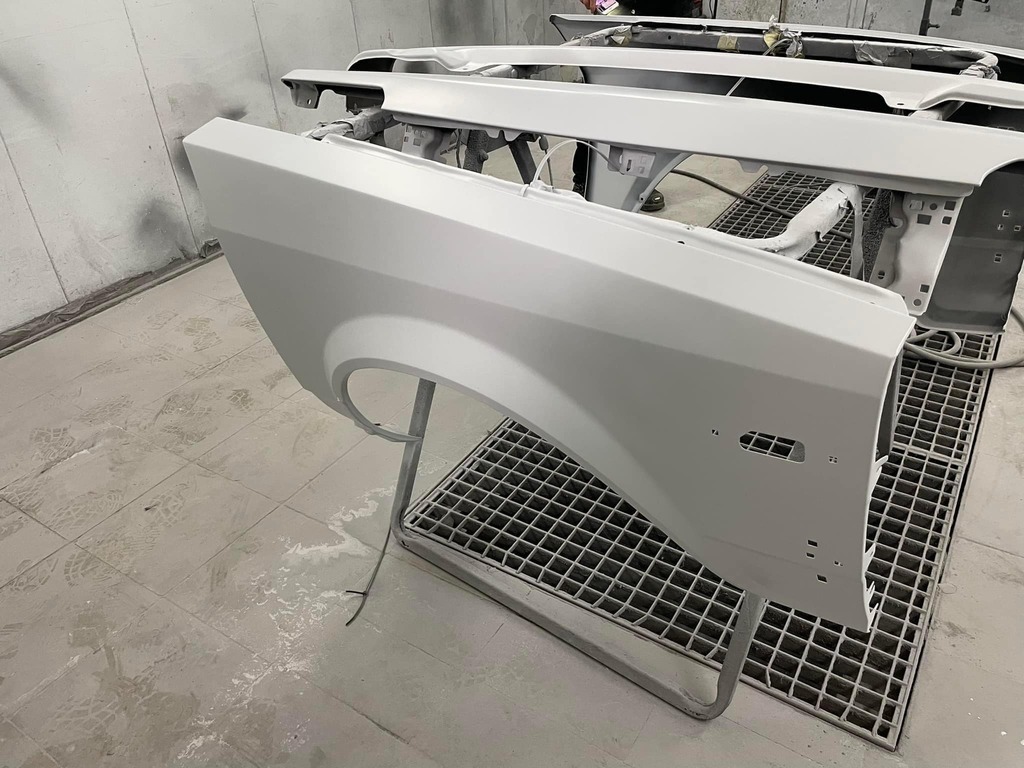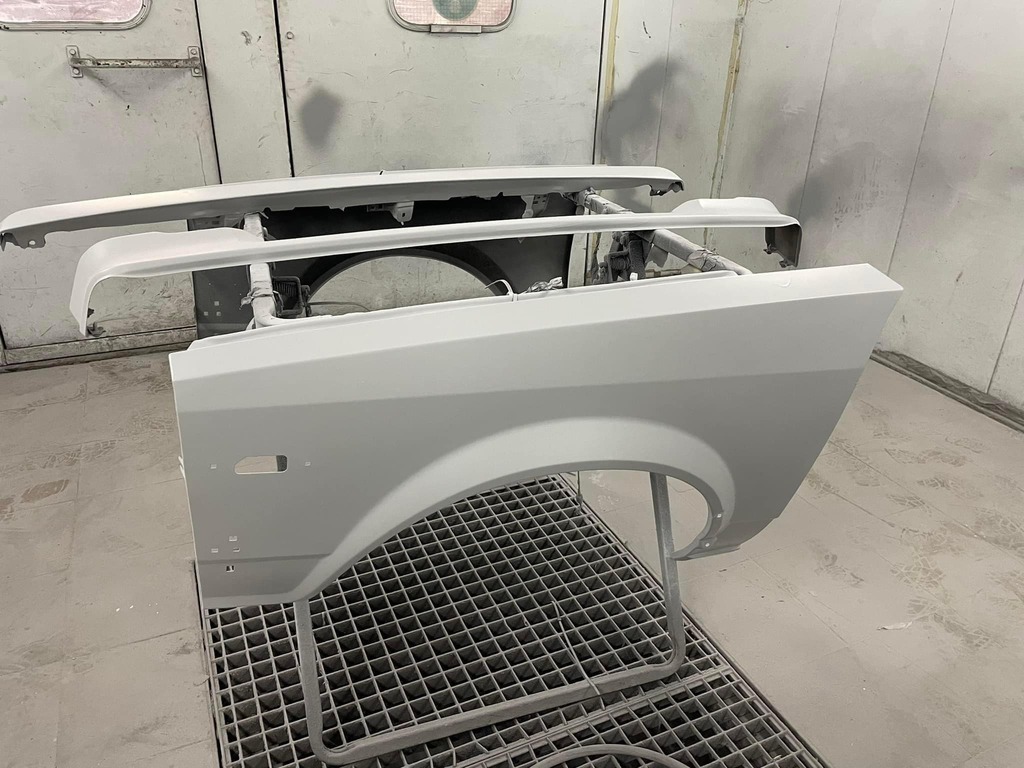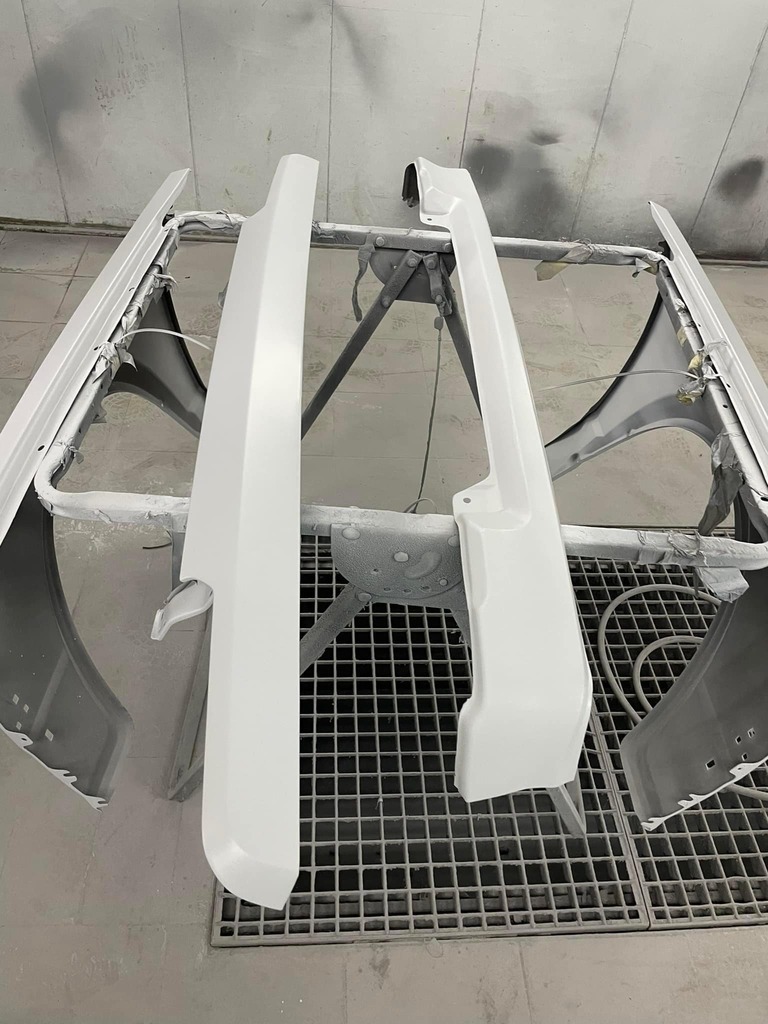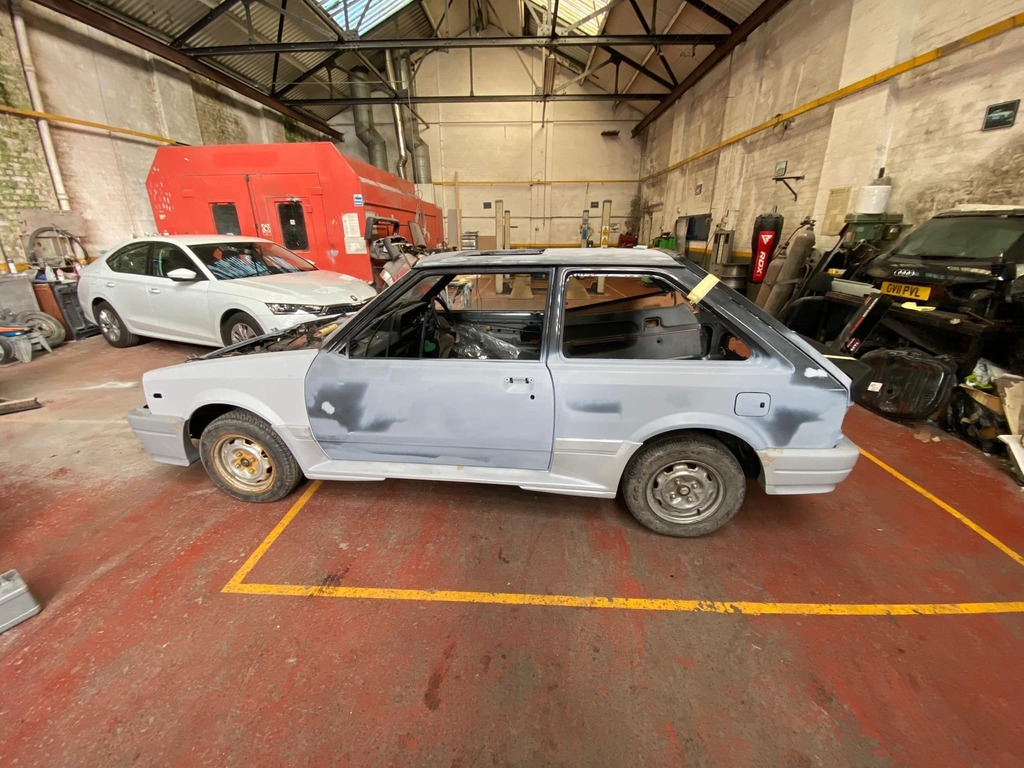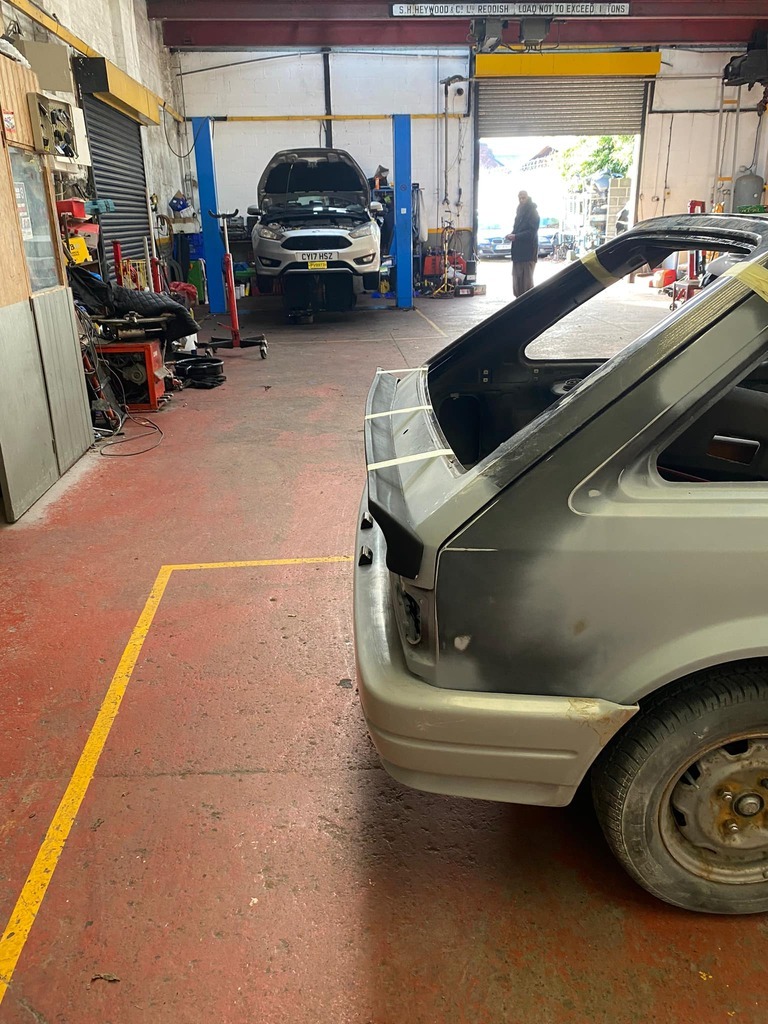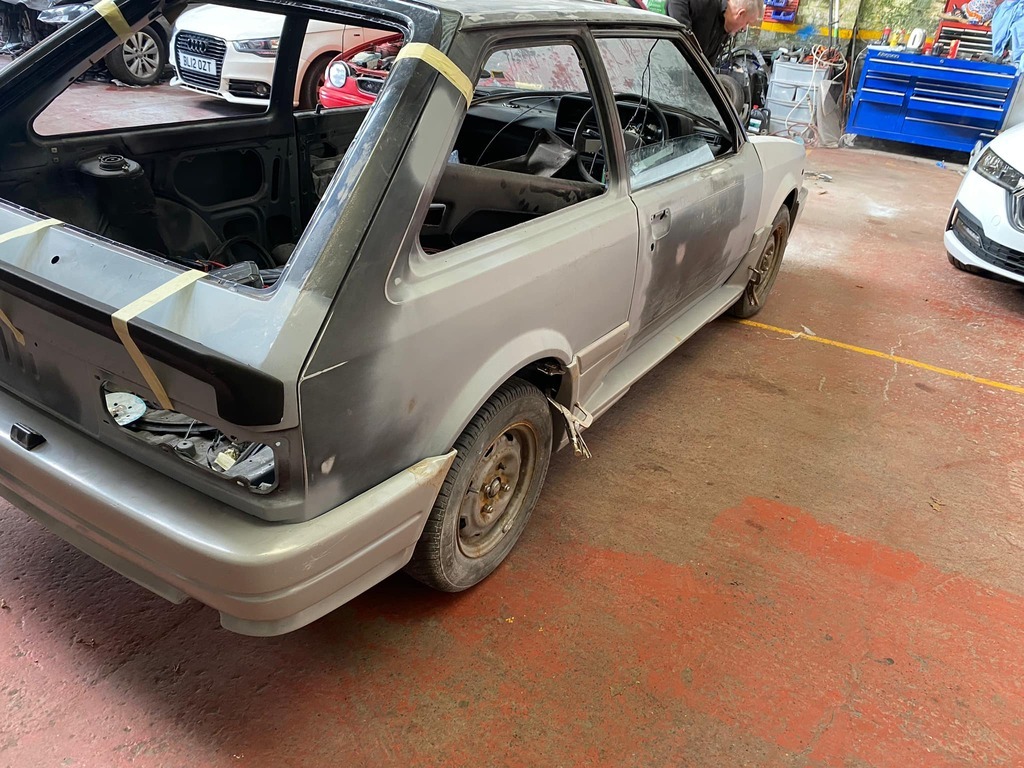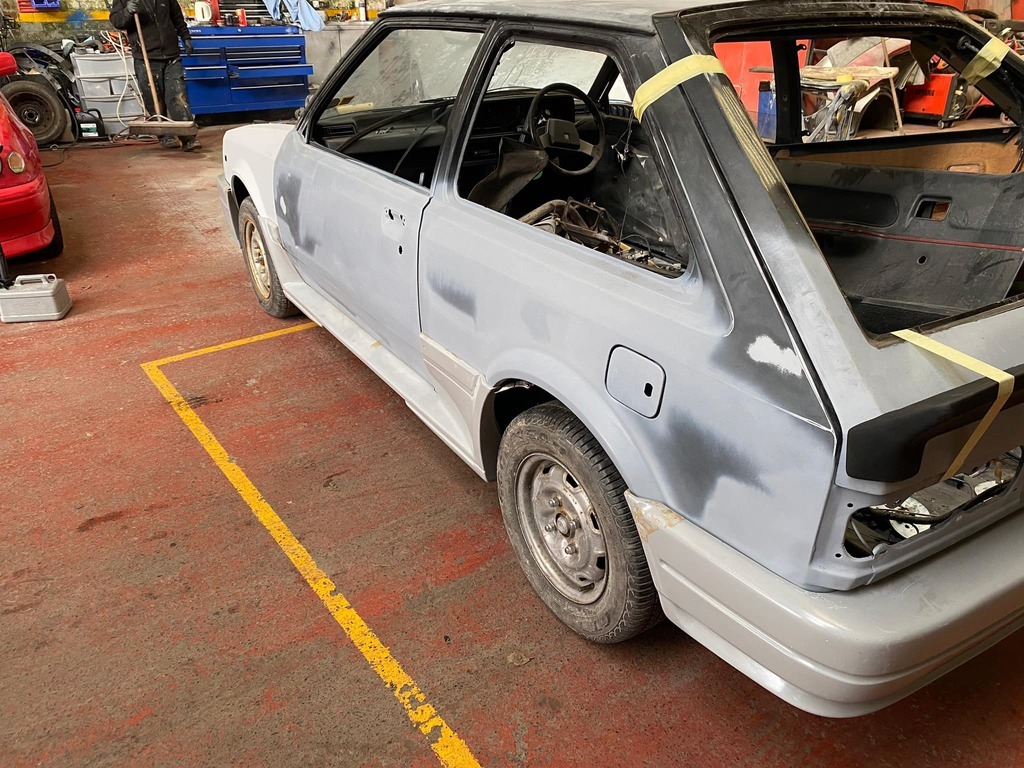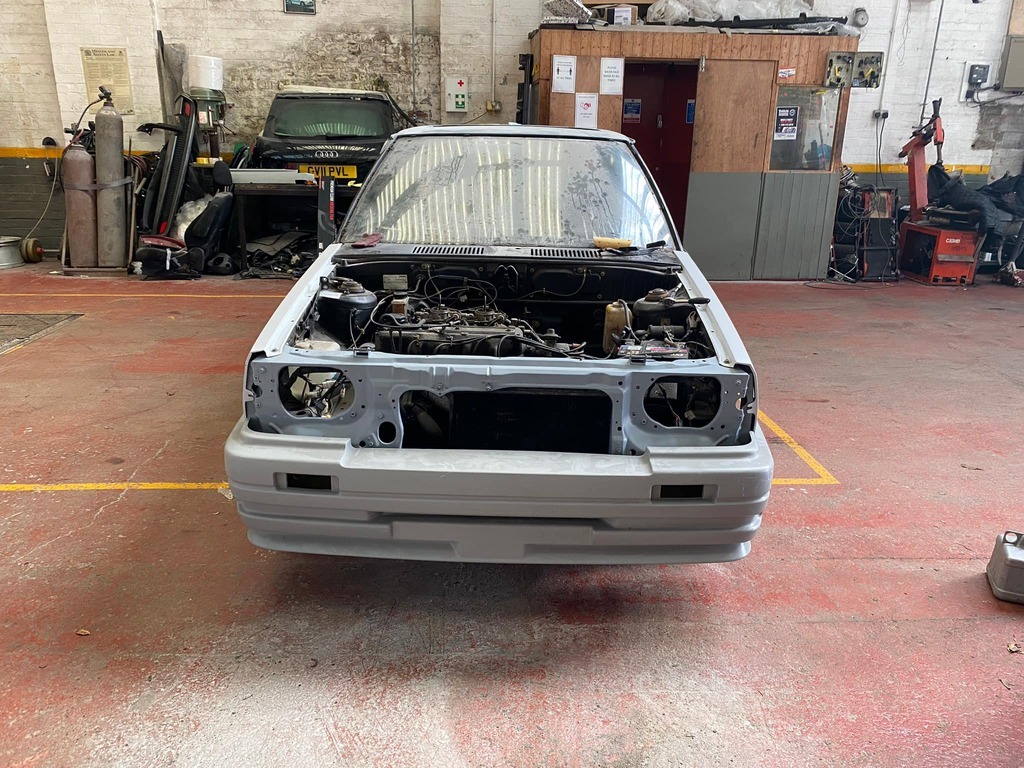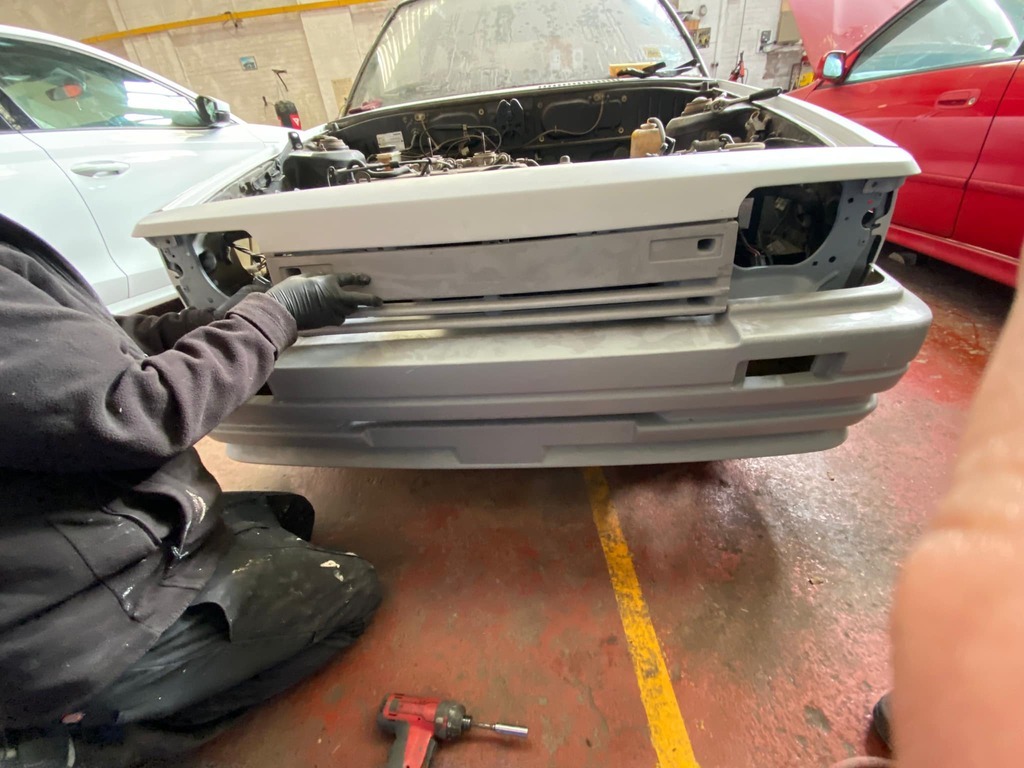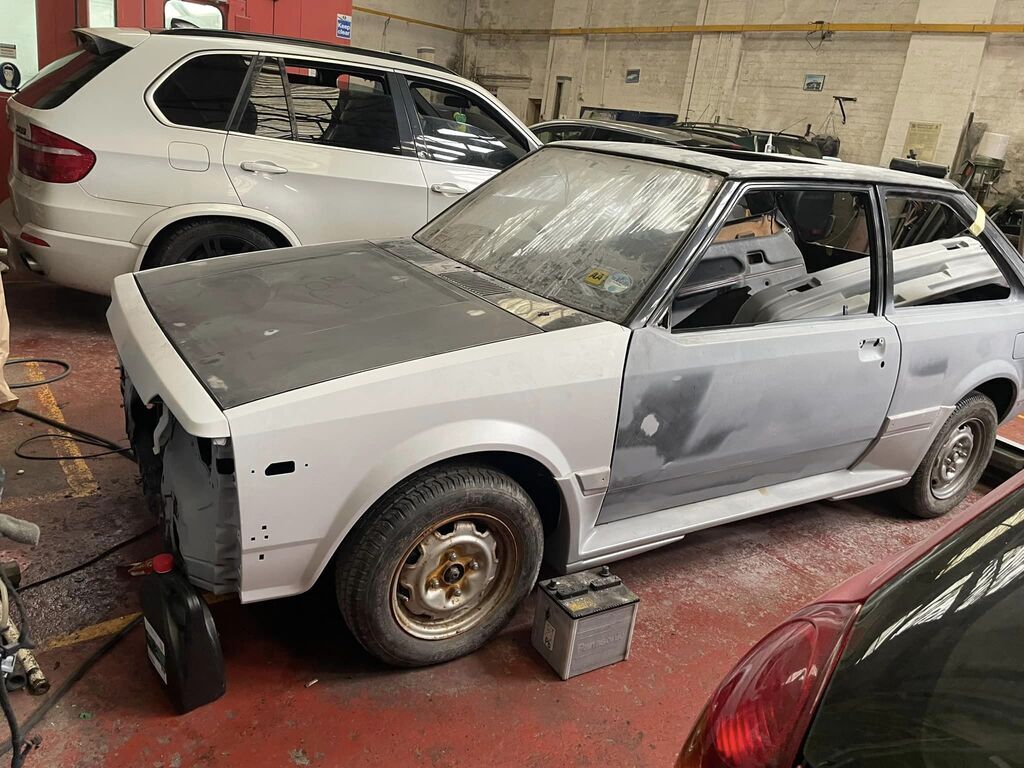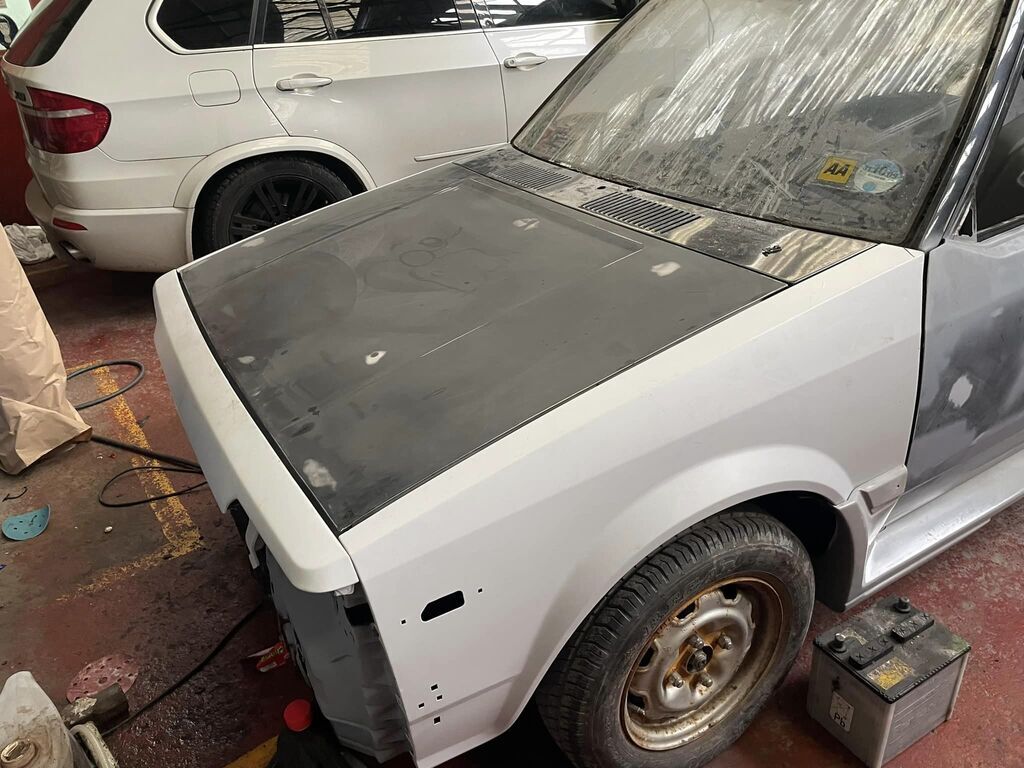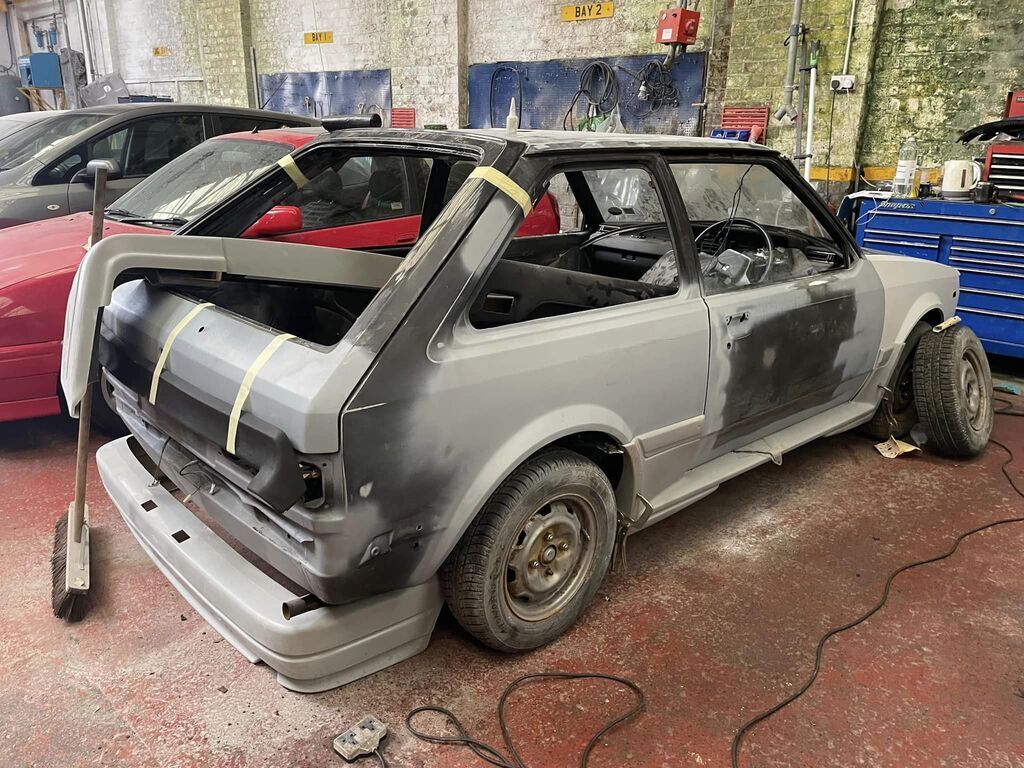Some Information on the Car.
The BD Familia/323, first shown on 2 June 1980, was entirely new – it was Mazda's first front-engine, front-wheel drive subcompact car, and was available as a hatchback and sedan. It was developed with input from Ford, which in 1979 had acquired a stake in the Japanese manufacturer, and had a twin called the Ford Laser (and Ford Meteor, for its four-door sedan model in Australia).
At its introduction in 1980, it won the first Car of the Year Japan Award.
The new Mazda E engine-series, loosely based on the preceding PC/TC/UC series, was developed expressly for the BD and was offered in three different displacements. The smallest 1.1-liter E1 unit was reserved for certain export markets where the tax structures suited it. Chassis codes were BD1011/BD1031/BD1051 depending on the engine installed.
Engines:
1.1 L (1071 cc) E1, 1 barrel, 55 PS (40 kW; 54 hp) / 79 N⋅m (58 lb⋅ft)
1.3 L (1296 cc) E3, 2 barrel, 68 PS (50 kW; 67 hp) / 95 N⋅m (70 lb⋅ft)
1.5 L (1490 cc) E5, 2 barrel, 75 PS (55 kW; 74 hp) / 115 N⋅m (85 lb⋅ft)
1.5 L (1490 cc) E5S, 2x2 barrel, 88 PS (65 kW; 87 hp) / 120 N⋅m (89 lb⋅ft)
The most powerful version was marketed as the "323 GT" in European markets. The Familia/323 underwent a facelift in January 1983.
For the Japanese market other top end models were offered, originally the three-door Familia XGI with a 1,500 cc single cam, multi-point fuel-injected engine. In June 1983 the turbocharged XGI Turbo was added, Mazda's first turbocharged piston engine. It had a particularly small turbocharger, for better low-end response. Period commentators complimented its linear and smooth power delivery. The XG Turbo also received a suitably updated chassis and wheels to handle the 115 PS (85 kW). The Familia sedan and their twin, the Ford Laser S, was also offered with the same specifications but in limited numbers. Claimed outputs in the Japanese market were considerably higher than in export countries, due to the differing JIS standard rather than DIN. Period sources suggest subtracting ten percent from the JIS numbers.
This particular Familia was a strong comeback for Mazda in the Japanese market, even outselling the Toyota Corolla on several occasions. The four-door sedan was equipped with a reverse-rake front grille and lights in the Japanese market, to make it appear more "senior". The same front design was used for the GA/GB Ford Meteor.
The 1980 Familia/323 was the first front-engine, front-wheel-drive vehicle from Mazda since the R130. This generation of 323 was Wheels magazine's car of the year for 1980. The existing station wagon version, simply a facelifted version of the previous rear-drive model (fitted with the square headlights and grille from the new model), was sold in parallel with the BD. The wagon was available with either three or five doors and was equipped either with the old 1272 cc TC engine or the 1415 cc UC. The 1.4 was replaced from 1983 with the newly developed 1490 cc E5 engine. The TC 1.3 produces 60 PS (44 kW) while the larger versions offer 70 PS (51 kW).[46] By 1985, the old 1.3 was replaced by the 1296 cc E3 engine with 68 PS (50 kW); it was only available with the three-door estate body.
Export markets
The front-wheel-drive 323 was introduced in Europe in September 1980, nearly simultaneously to its cousin and competitor the Ford Escort. The four-door sedan version followed in January 1981, and one month later automatic-equipped models became available to European buyers.
1981–1982 Mazda GLC (North American version of the 323)
GLC (1981–1985)
Not to be confused with Mercedes-Benz GLC.
The equivalent American Mazda GLC (Great Little Car) appeared in the 1981 model year, although the rear-wheel drive wagon also continued to be offered, It was only offered with a single engine – the twin-barrel 1.5-liter with 68 hp (51 kW)—and lasted through 1985, after which it was replaced by the next-generation Mazda 323. With this, the GLC nameplate was retired. The BD was the only front-wheel drive Mazda vehicle using the GLC name. Originally it was offered with three- or five-door bodywork, in standard, Custom, Custom L, or Sport equipment levels. The five-door only came as a Custom and were sold only in Hawaii and Puerto Rico. All cars received exposed rectangular sealed-beam units.
The Sport received a steering wheel borrowed from the RX-7, full instrumentation, and a special rear interior which closely integrates the side trim with the rear seat design – an early iteration of a design philosophy taken to its extreme with the 1988 Persona and the 1990 Eunos Cosmo. Unlike the sporting 323s in other markets, the Sport only received special hubcaps, rather than alloy wheels. For 1982, the Sport was made to live up to its name a little bit more, with the installation of a front anti-roll bar and cast aluminum wheels. The five-door GLC gained a fully carpeted trunk for 1982.

